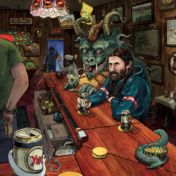


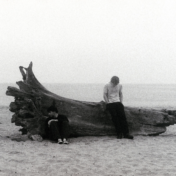



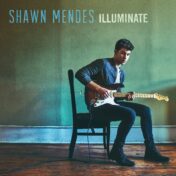

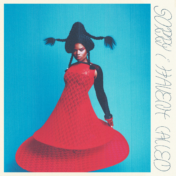

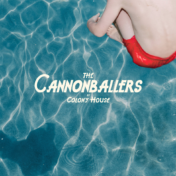


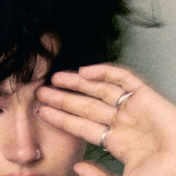


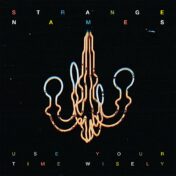
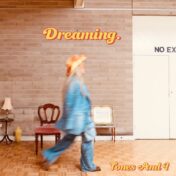
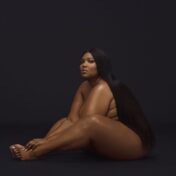

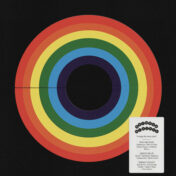










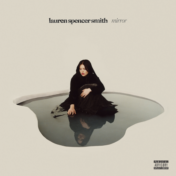







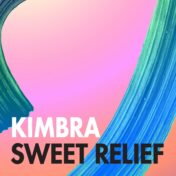
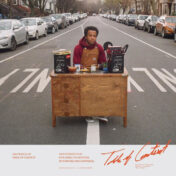
















Andrew Maury is an American mixer/producer based in NJ/NYC
Management - ollie@sparkmusicgroup.com


























































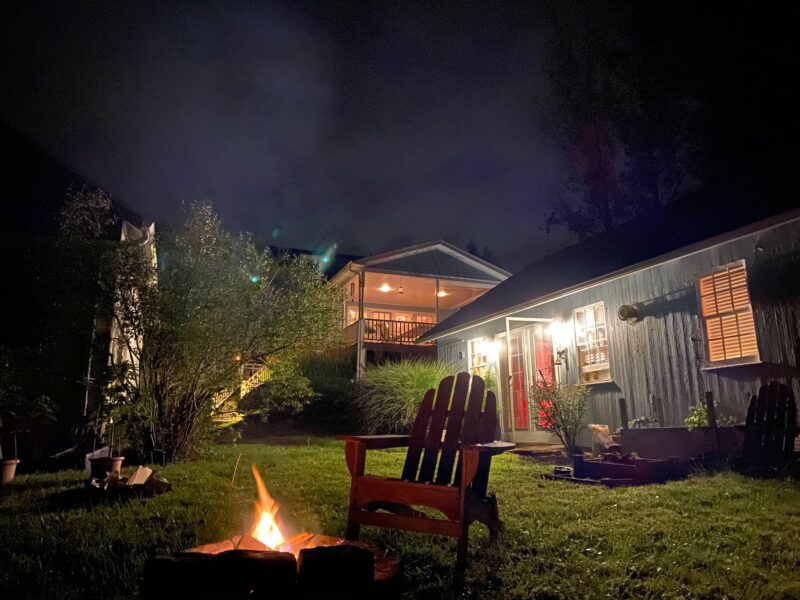
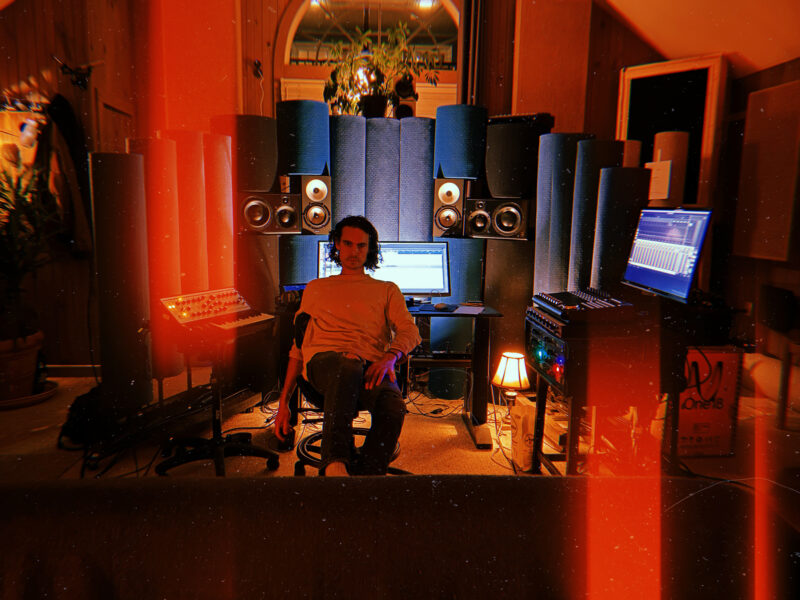

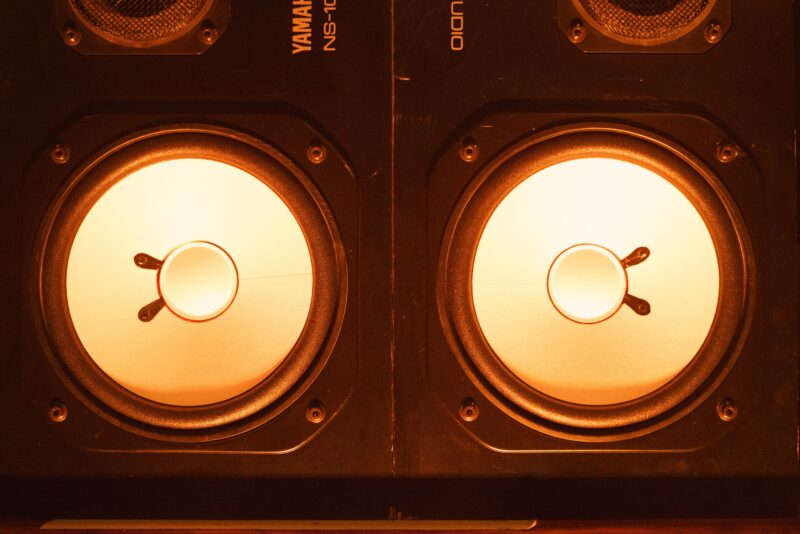

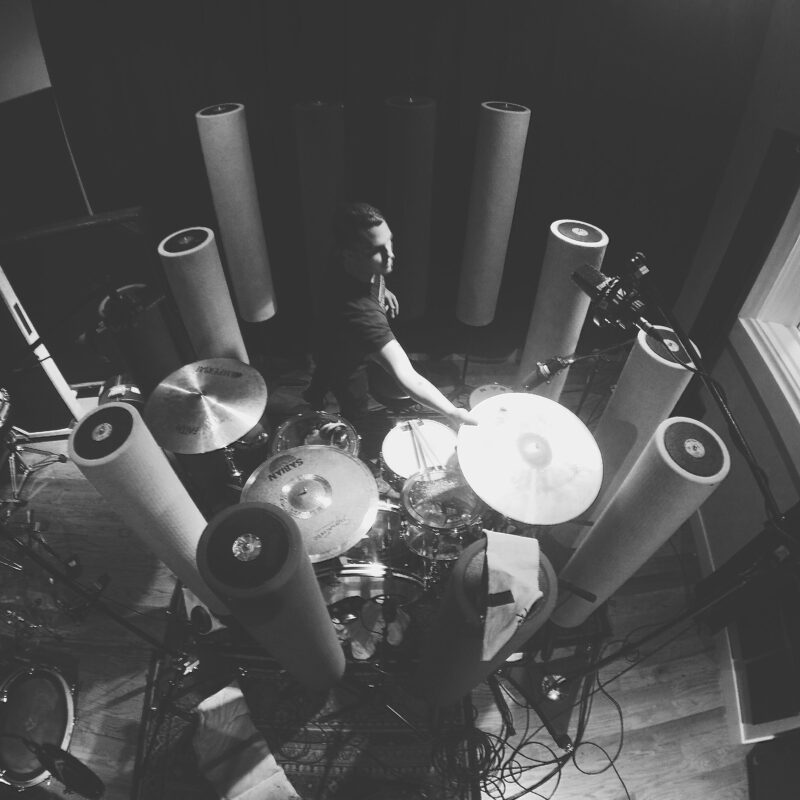
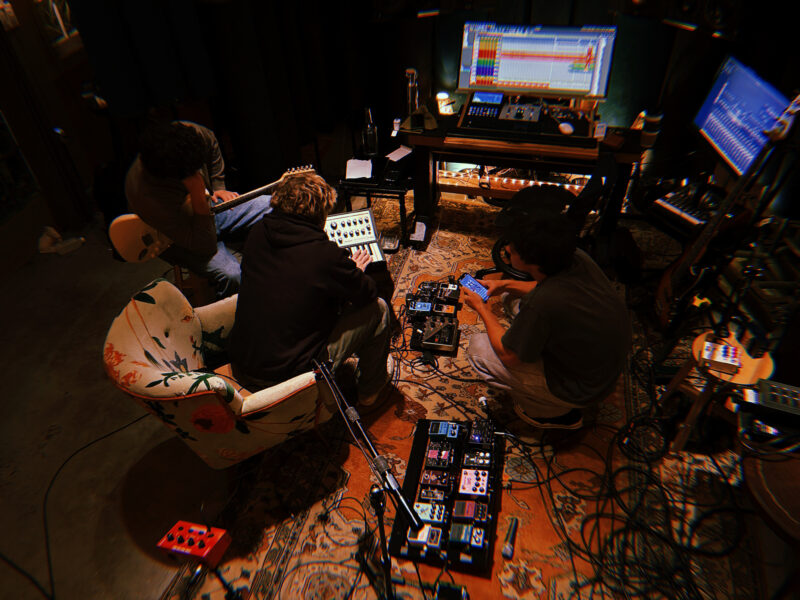
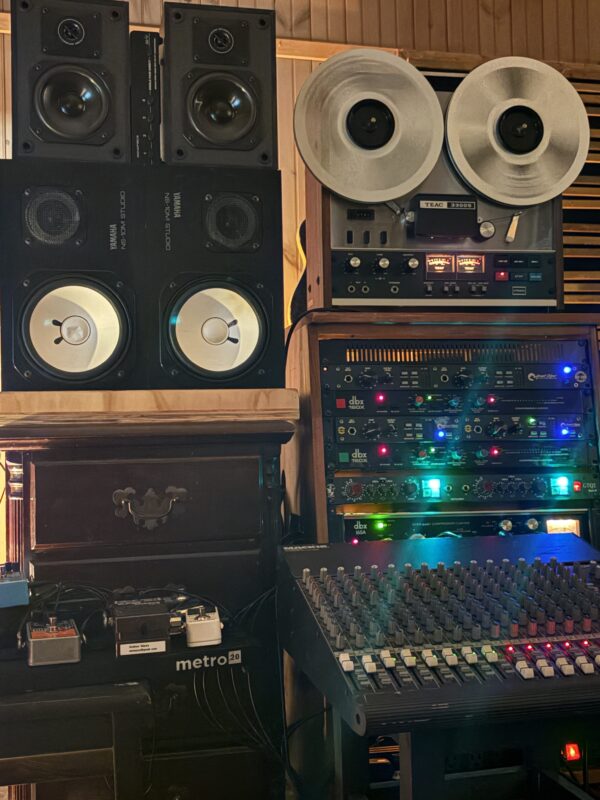
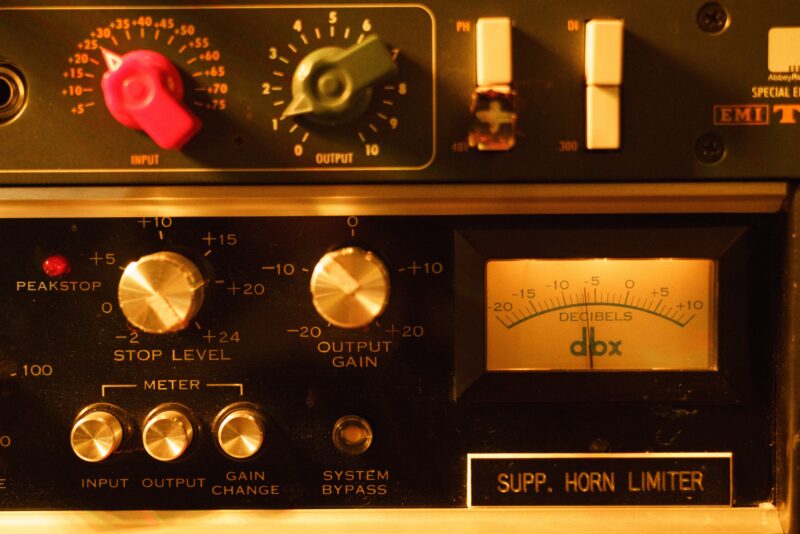


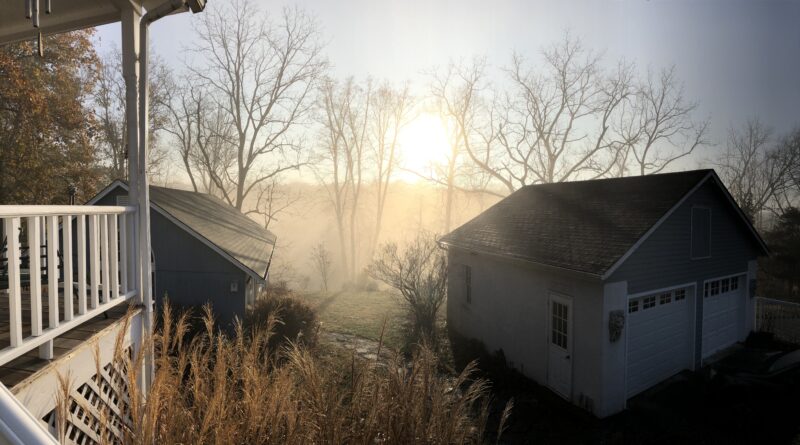
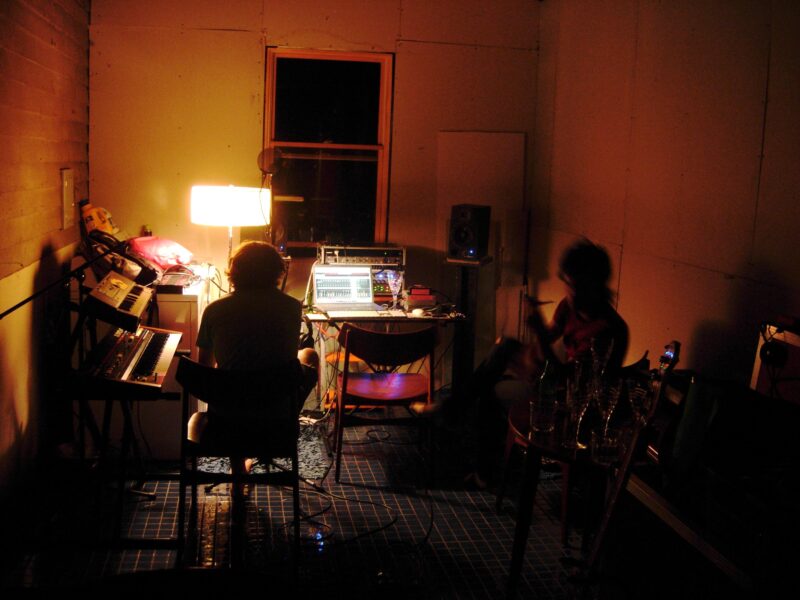
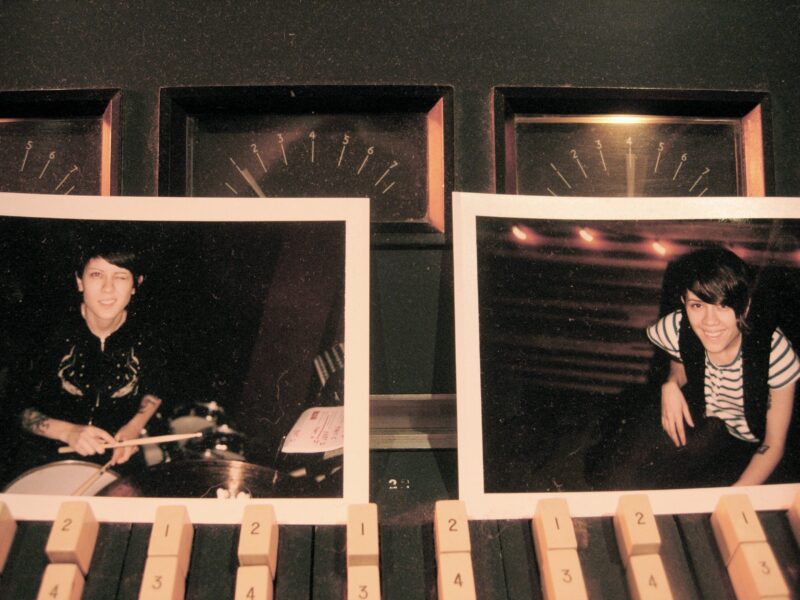

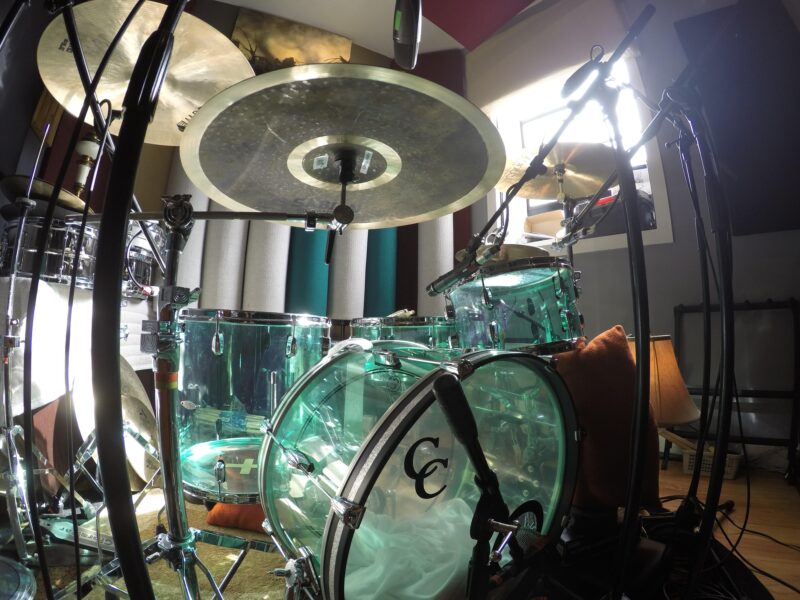
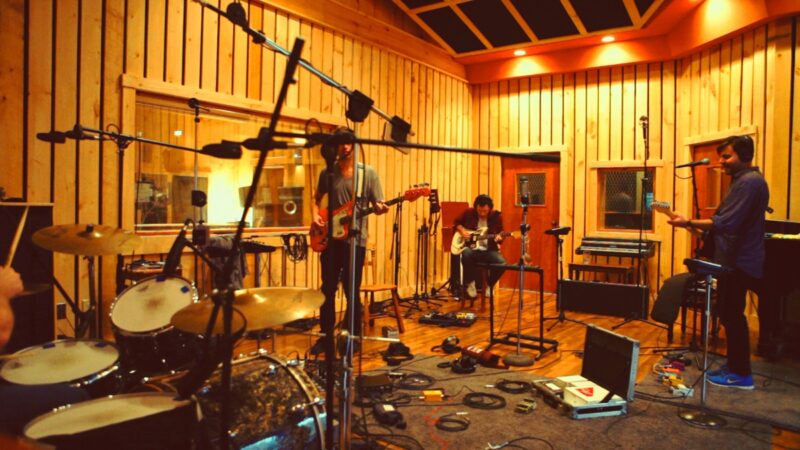

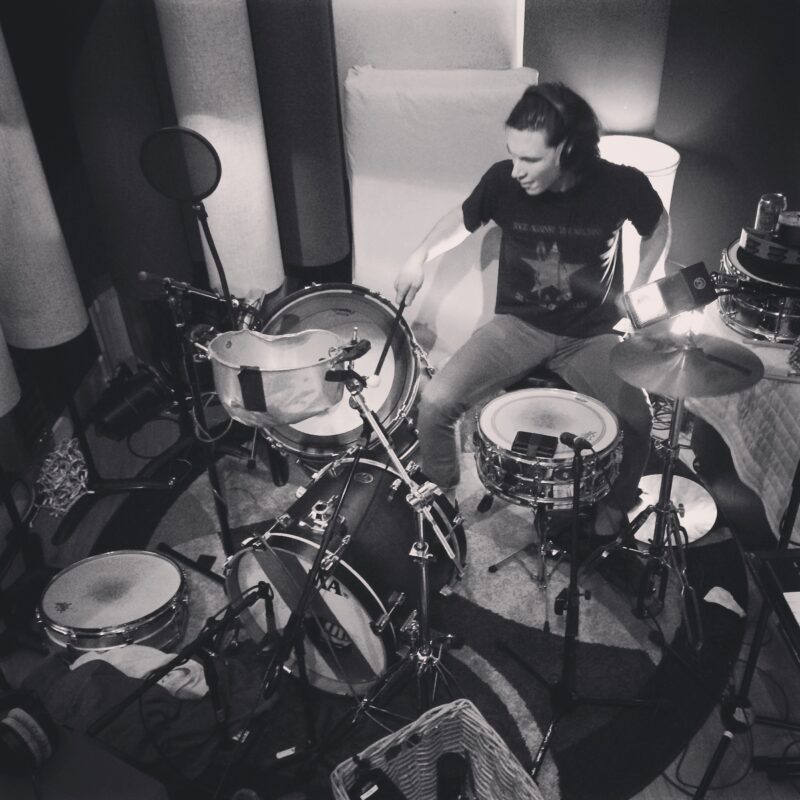
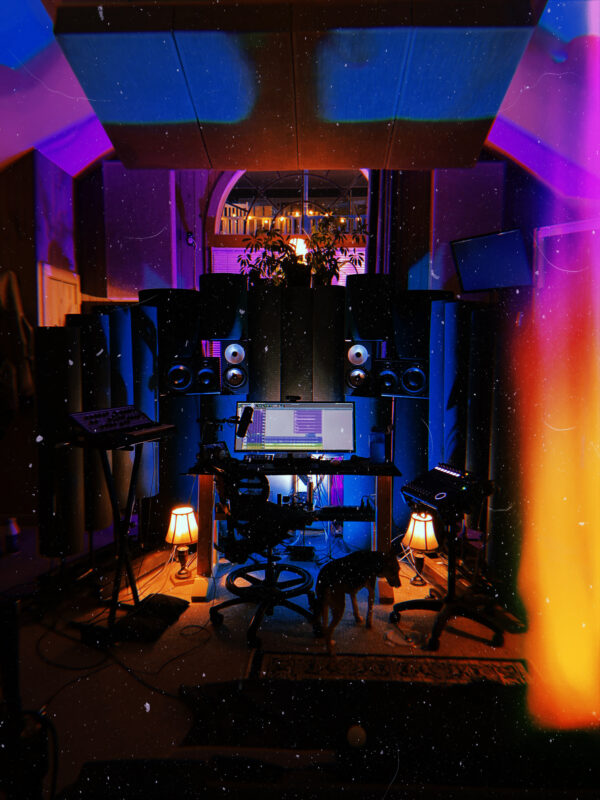
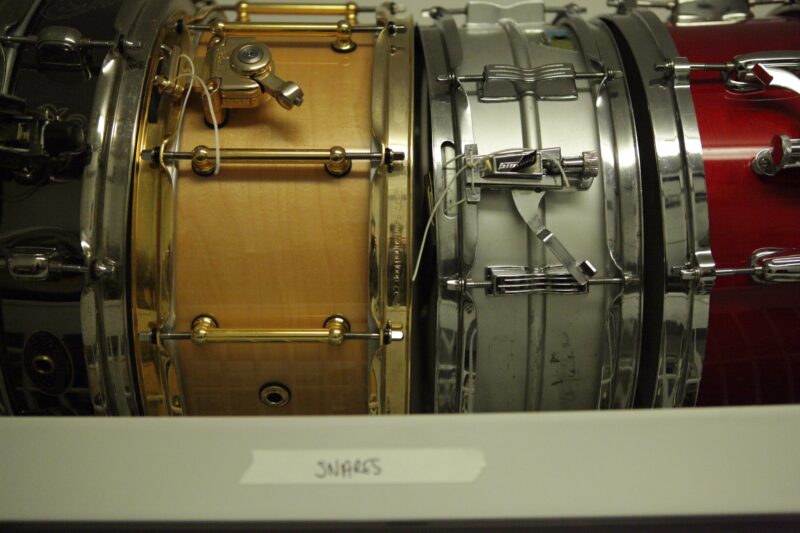

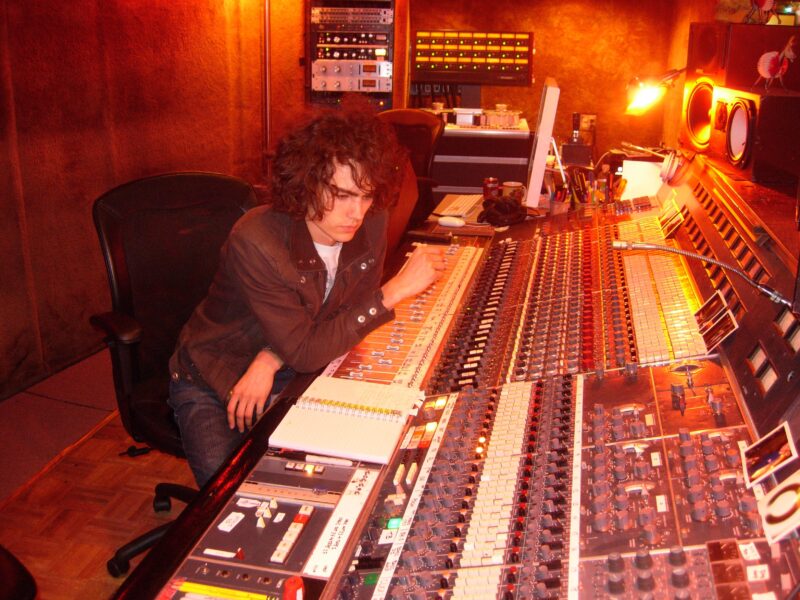
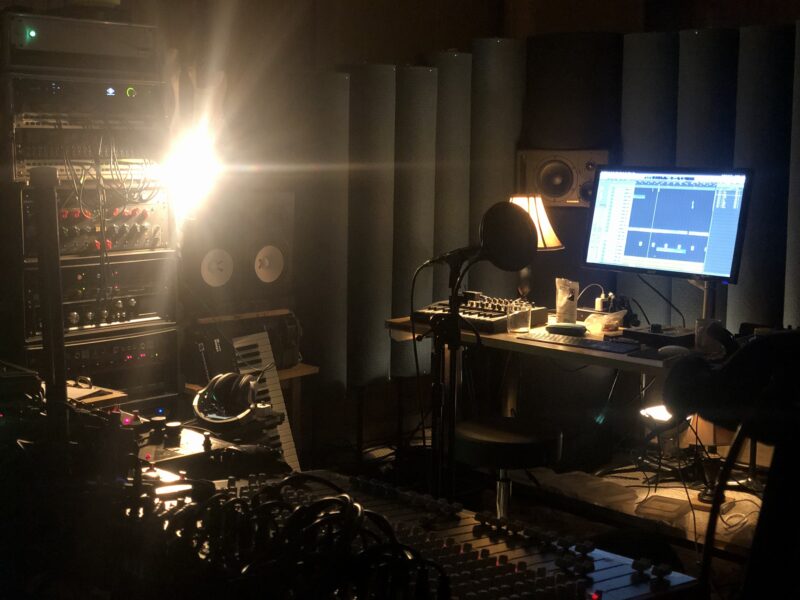


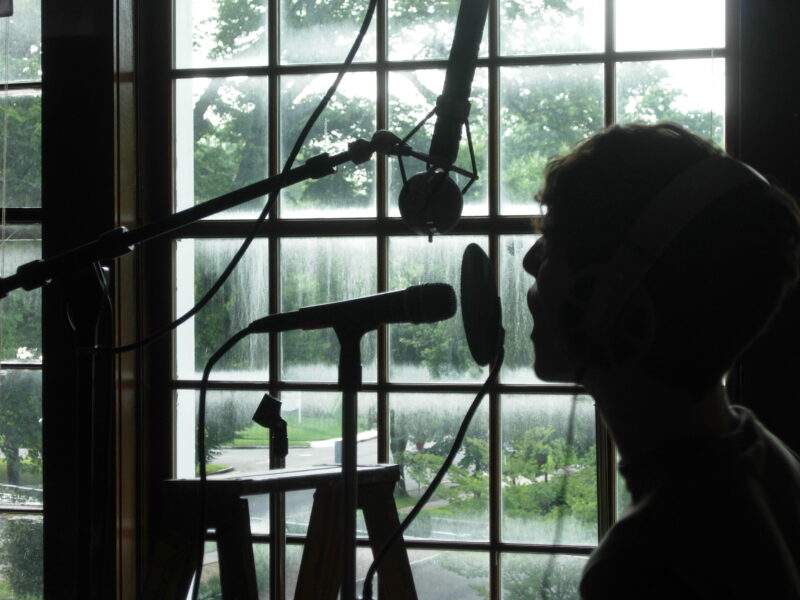
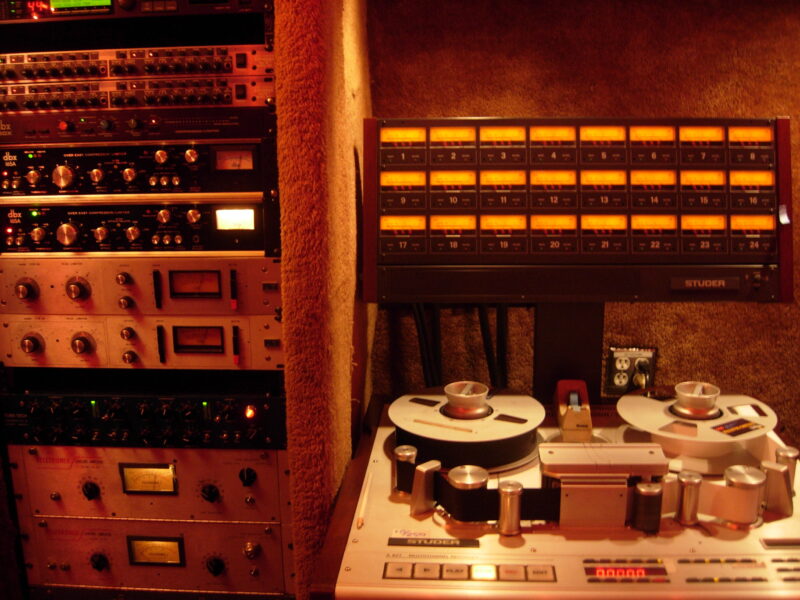
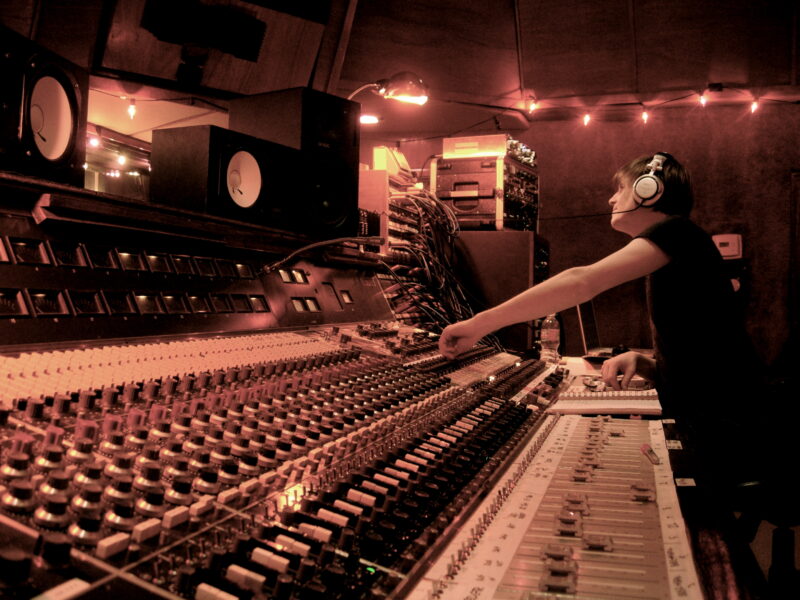
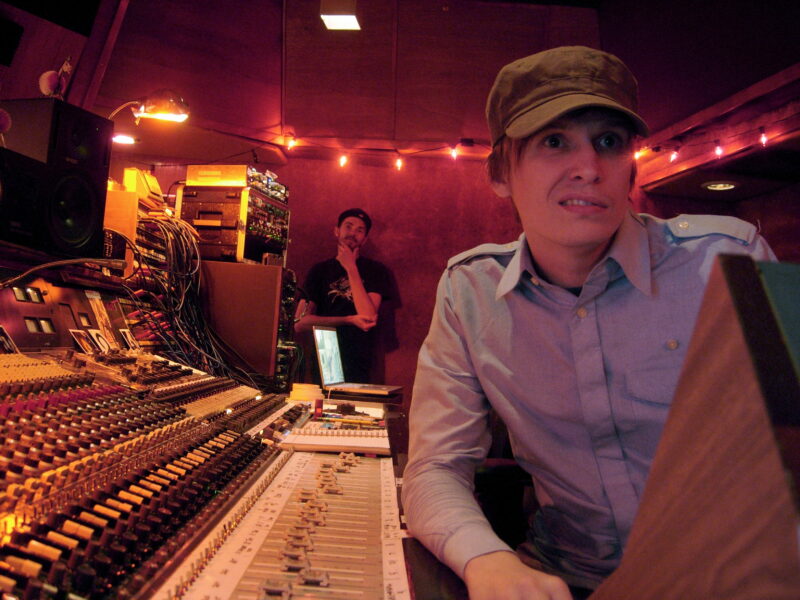
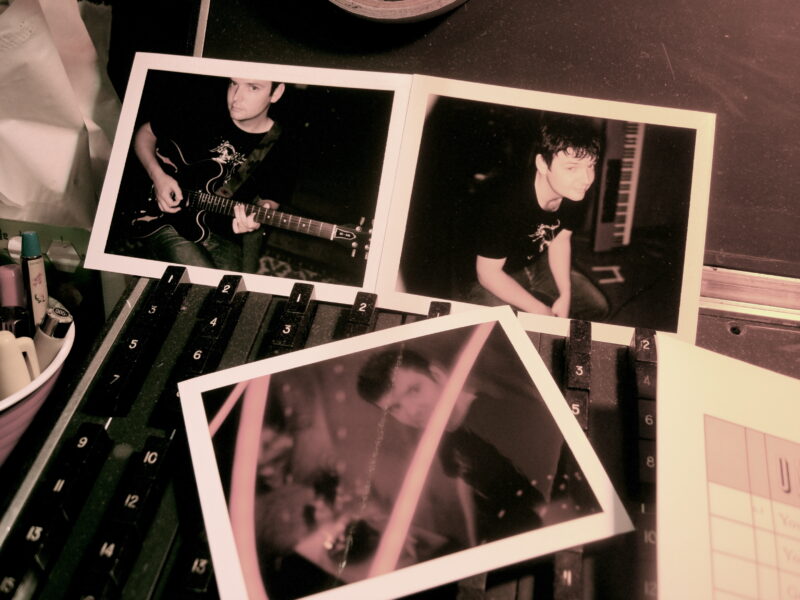
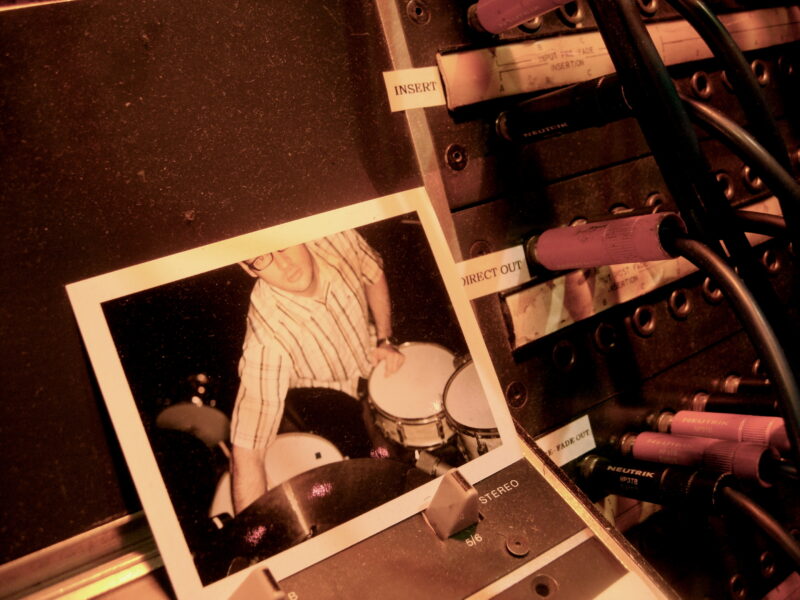
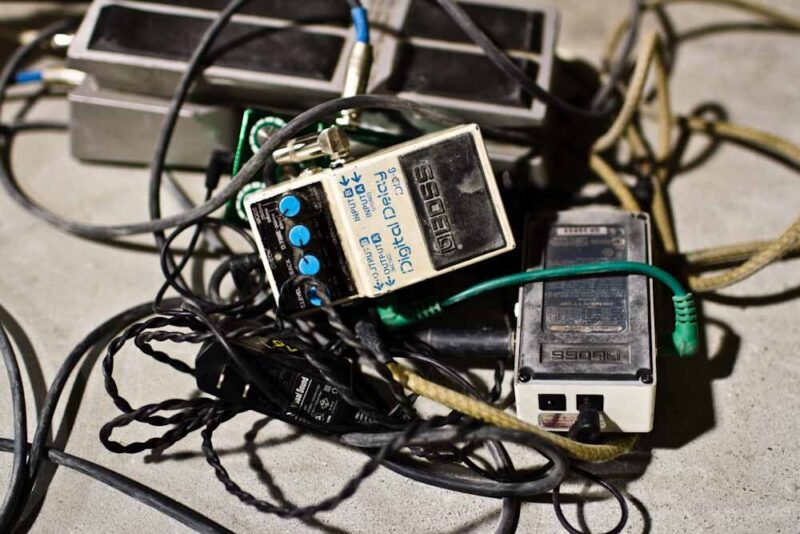
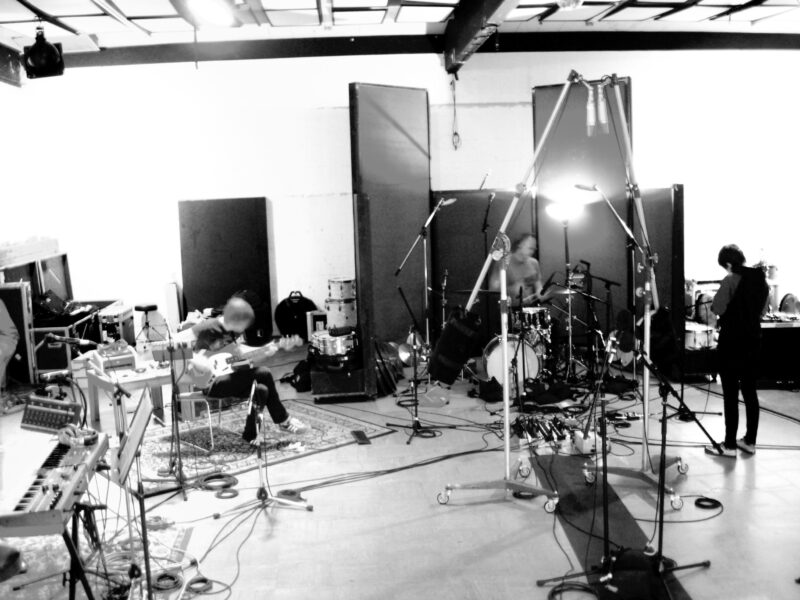

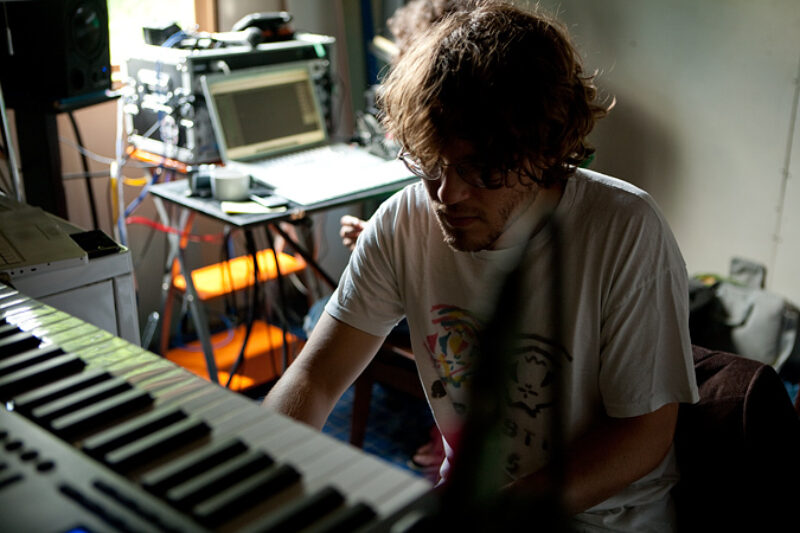
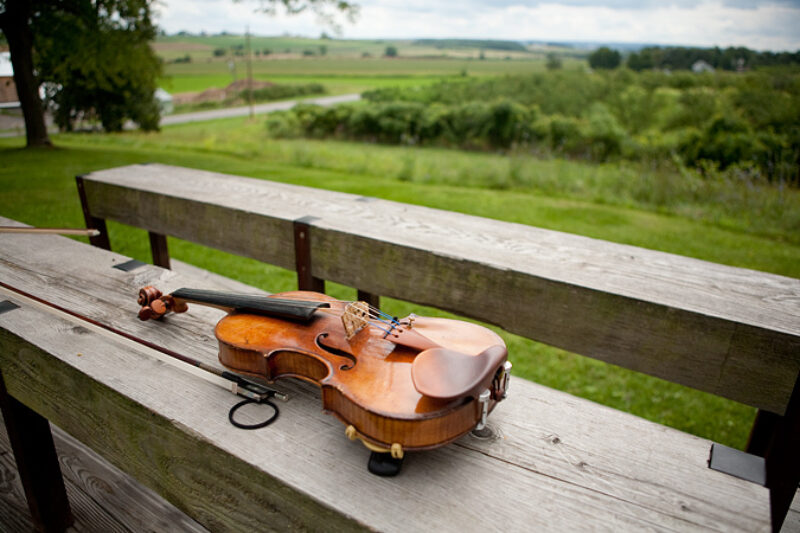
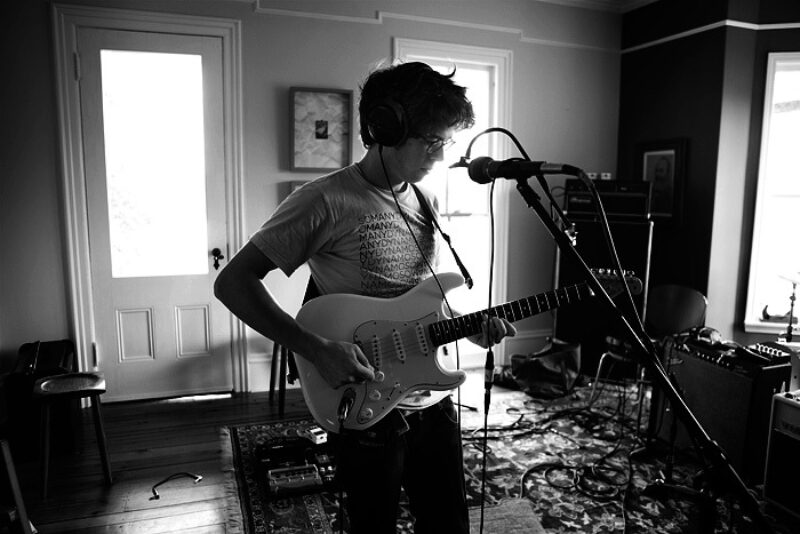
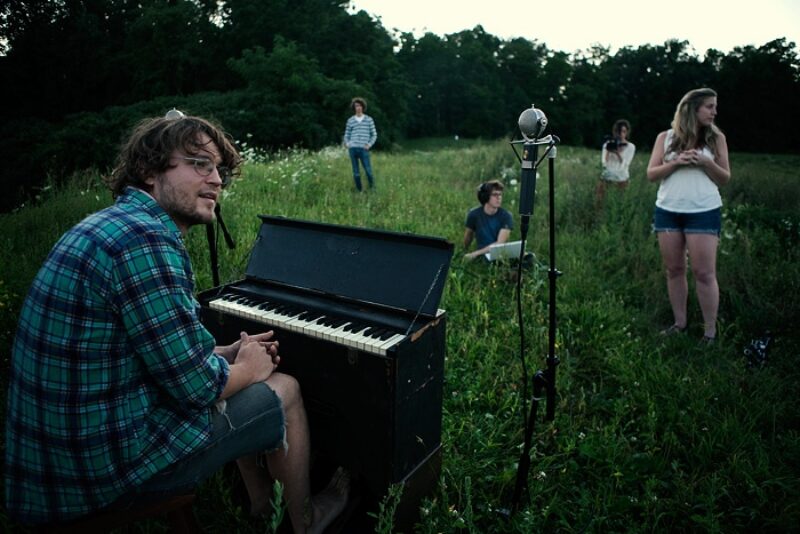

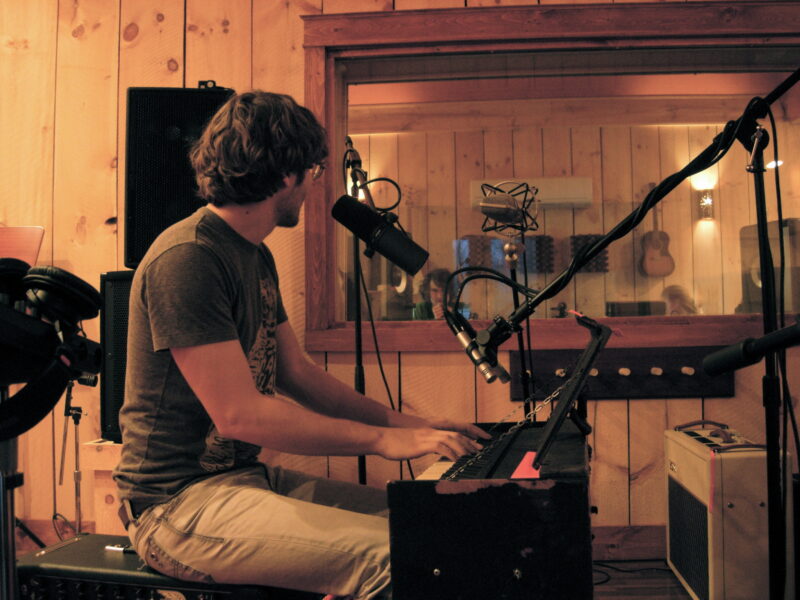
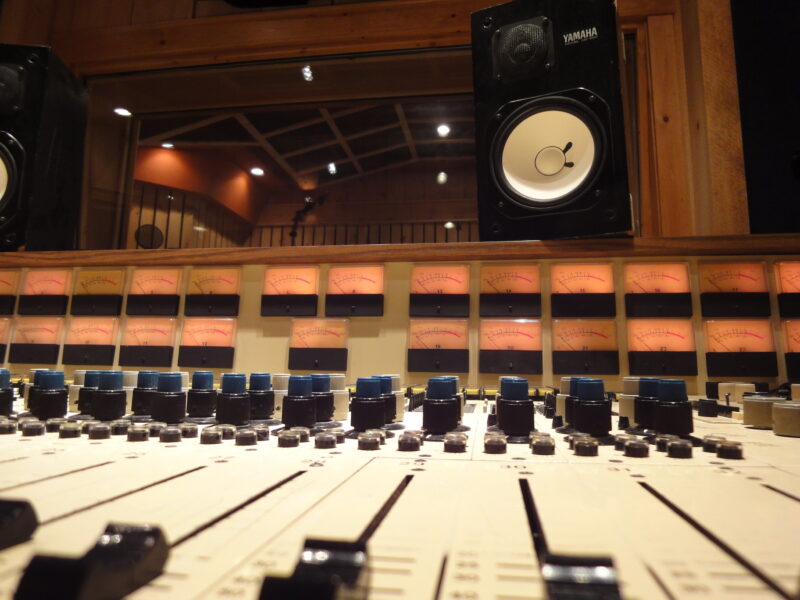
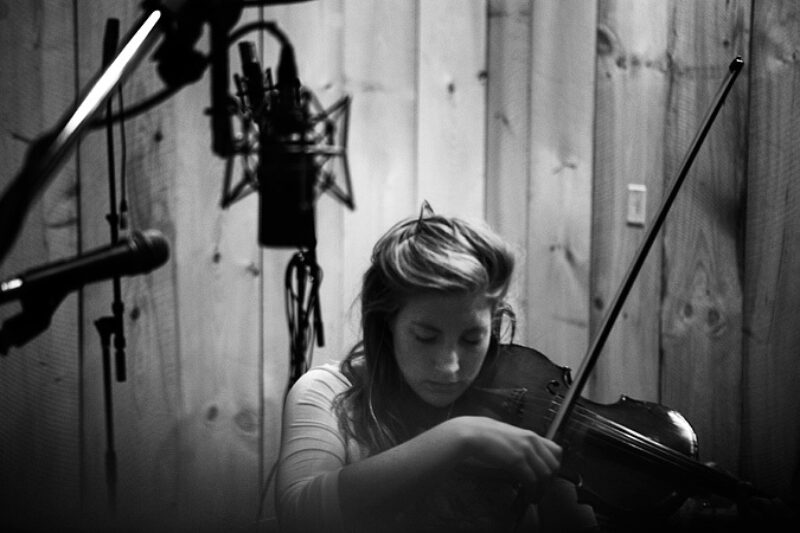
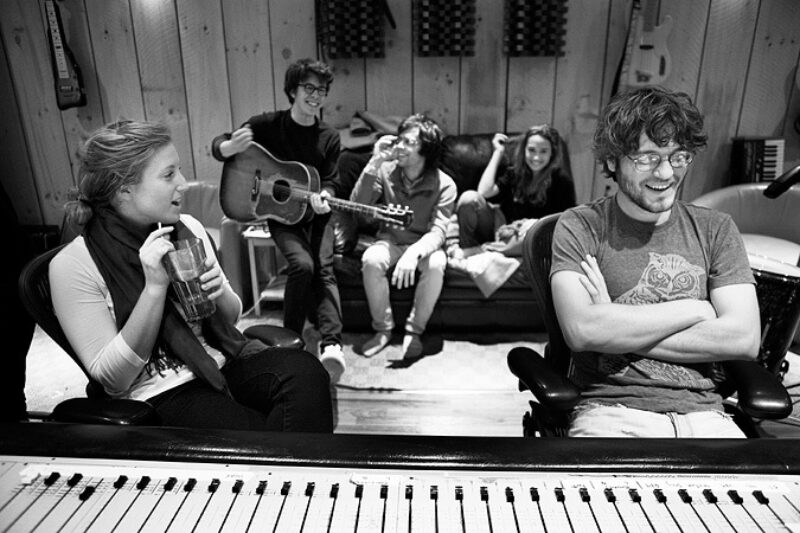
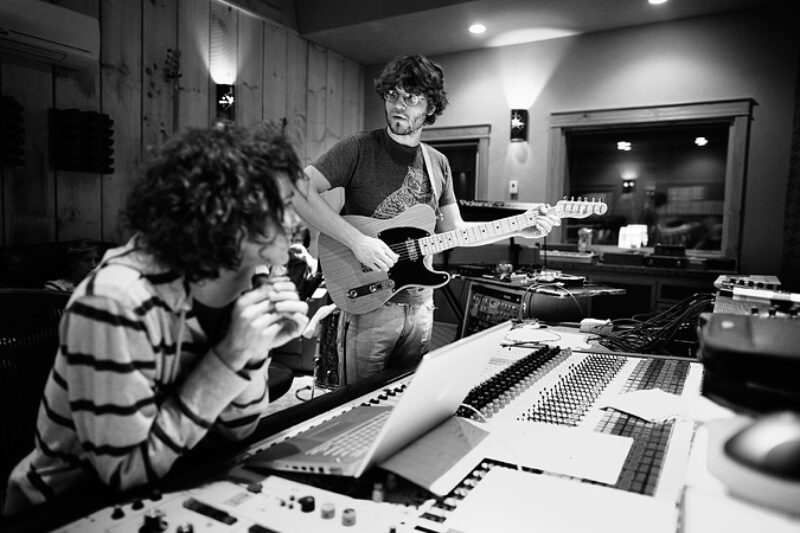


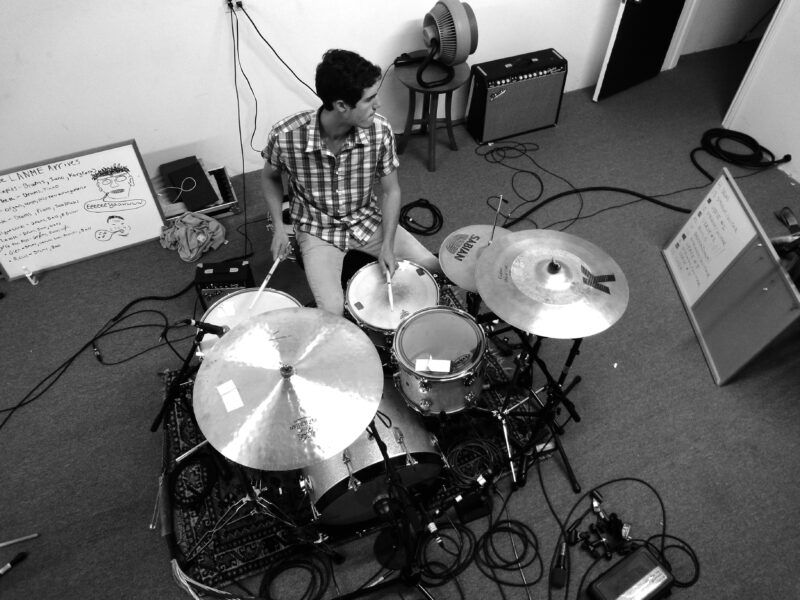
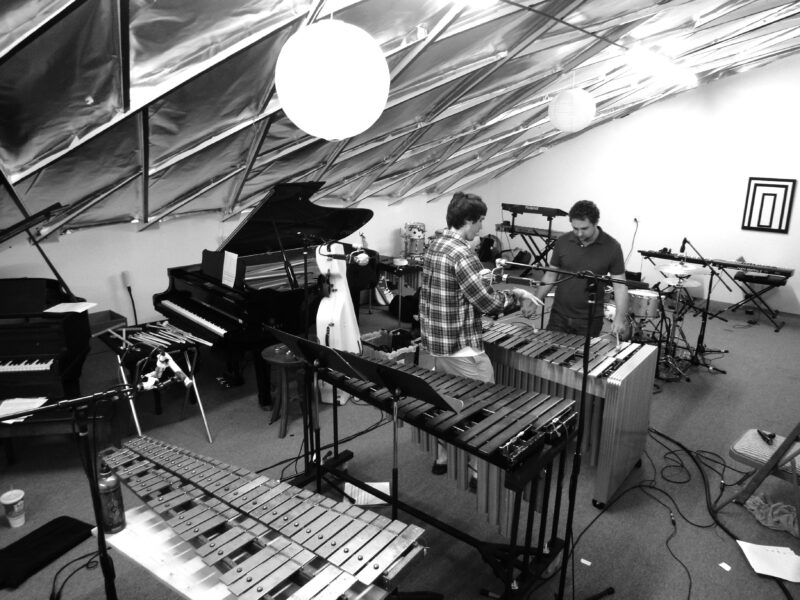
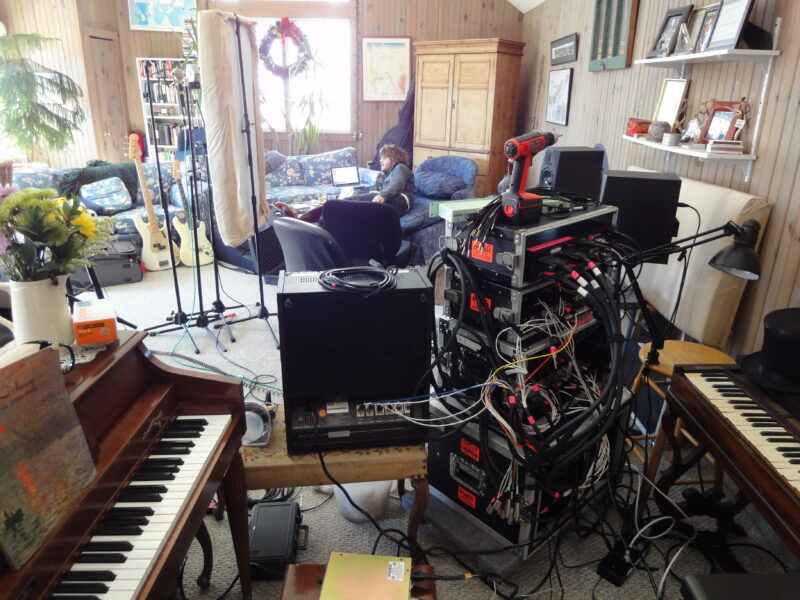
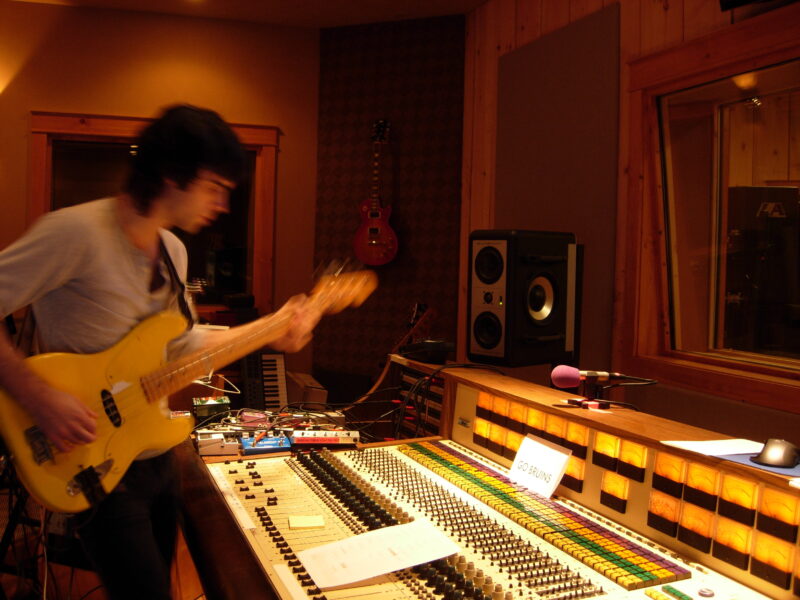
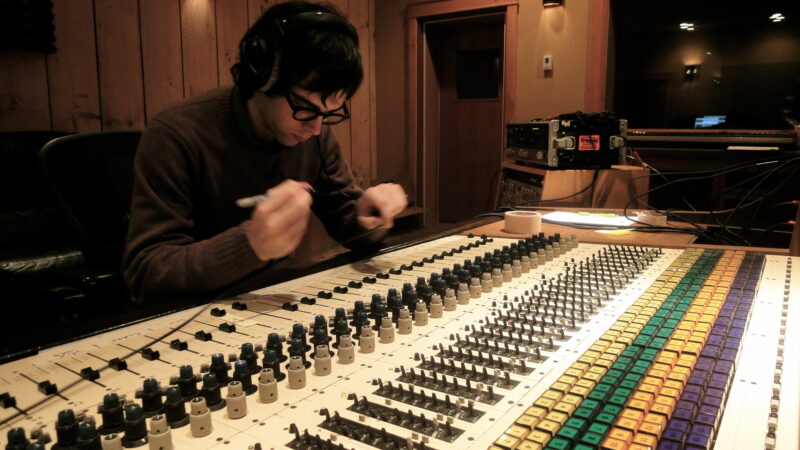
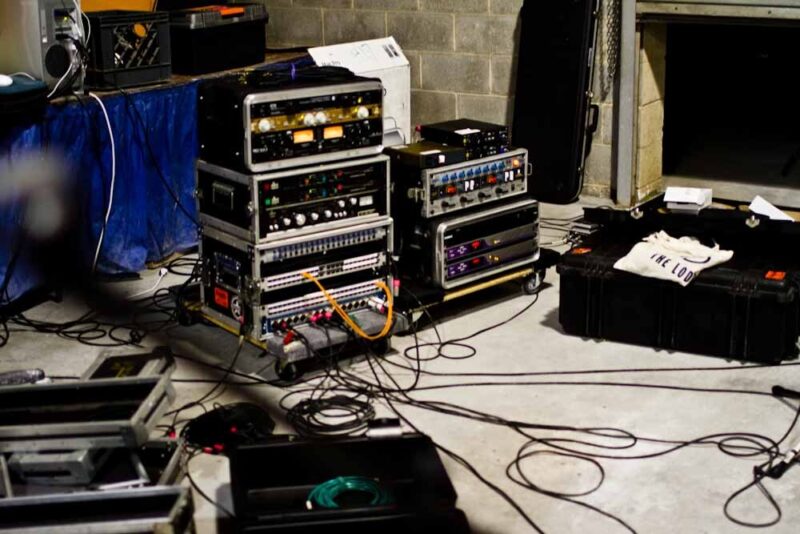

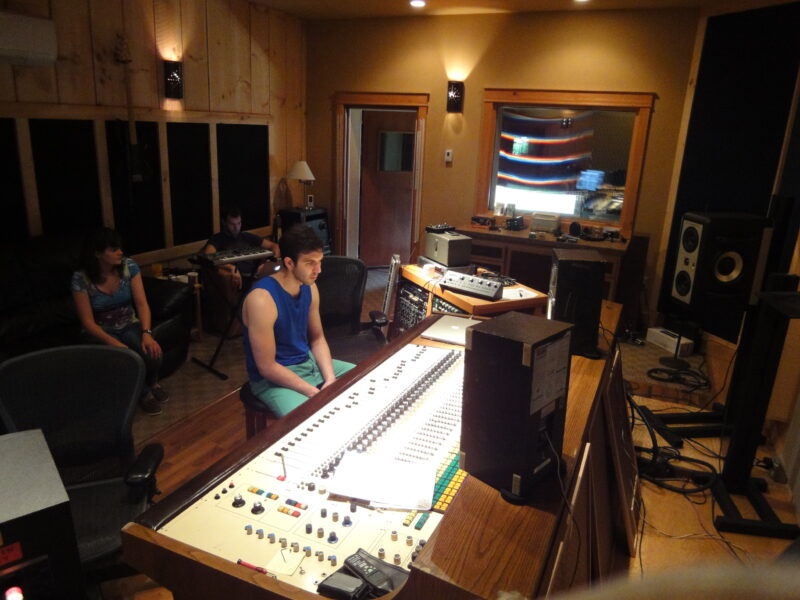

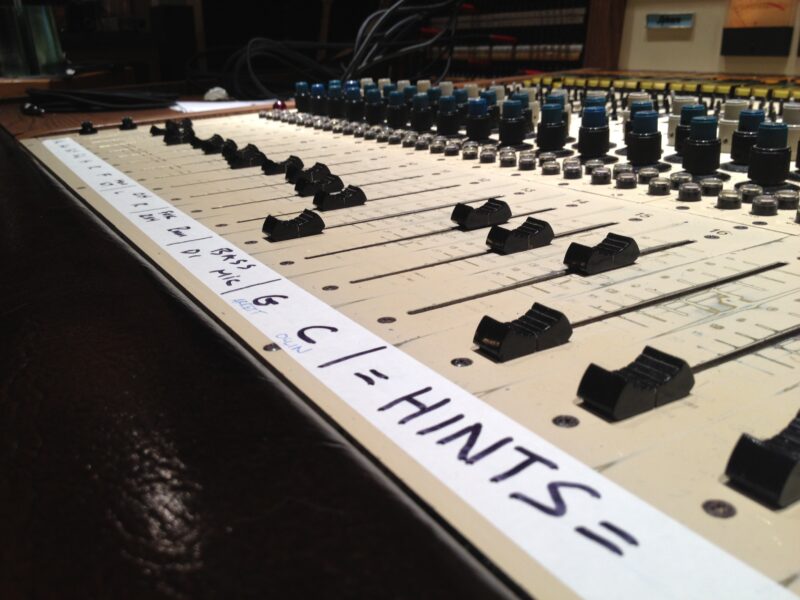
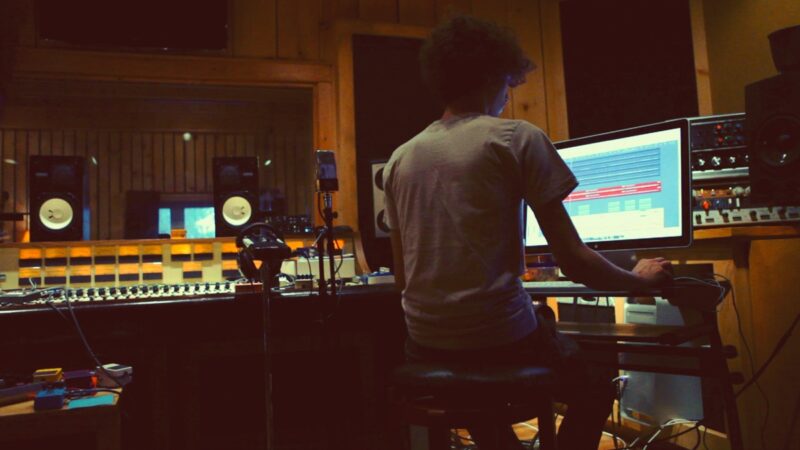


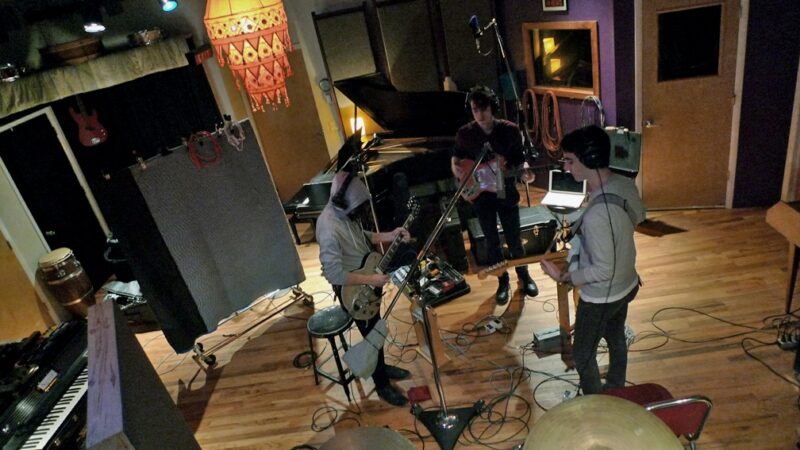
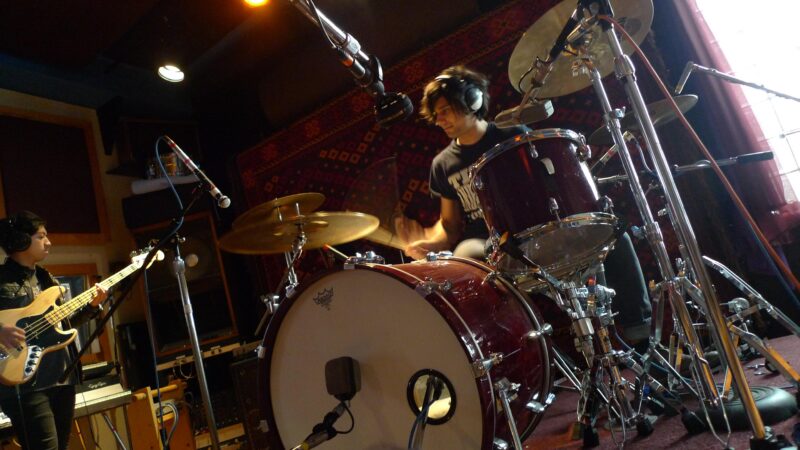














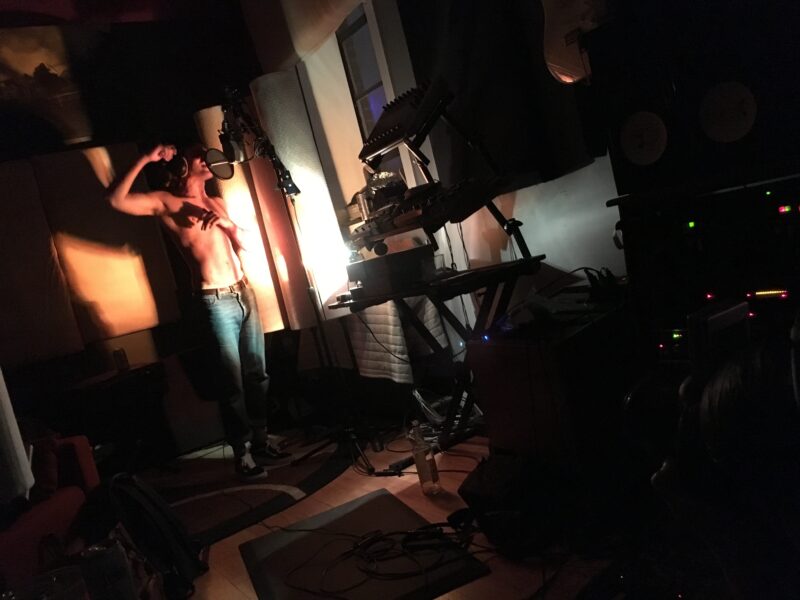

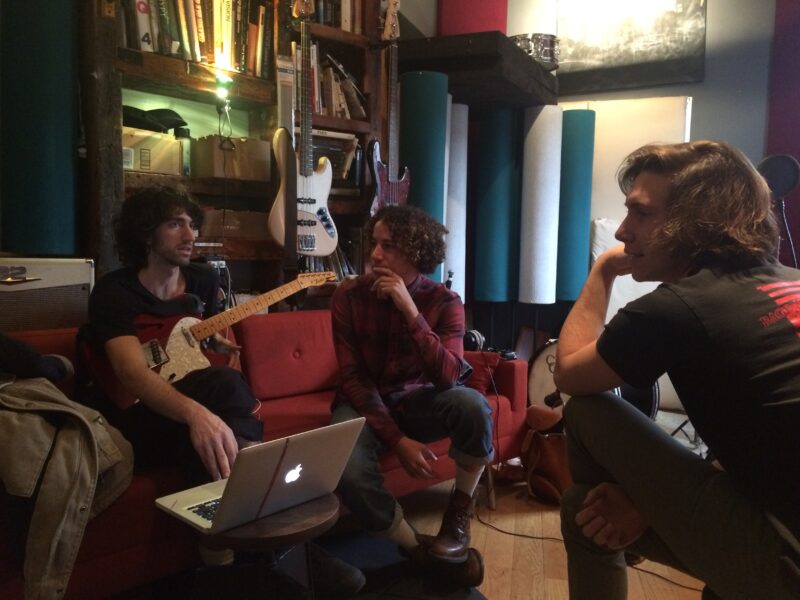
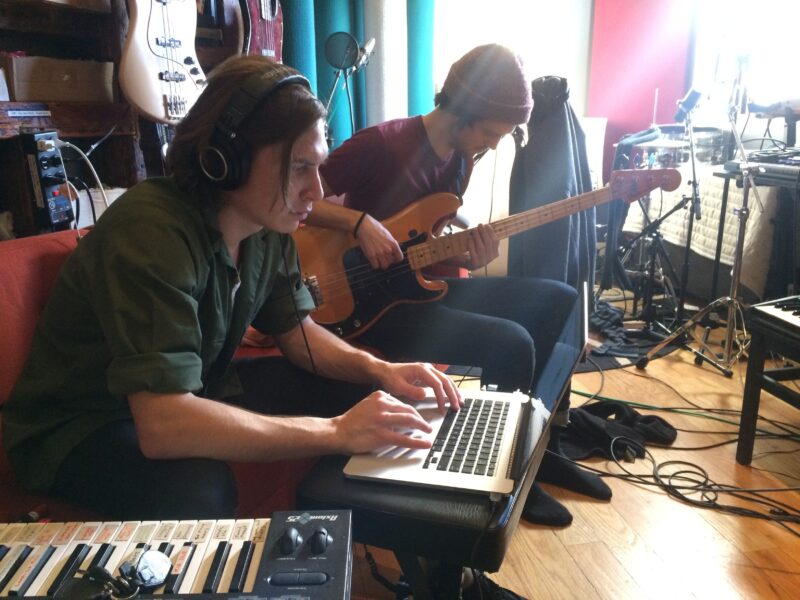
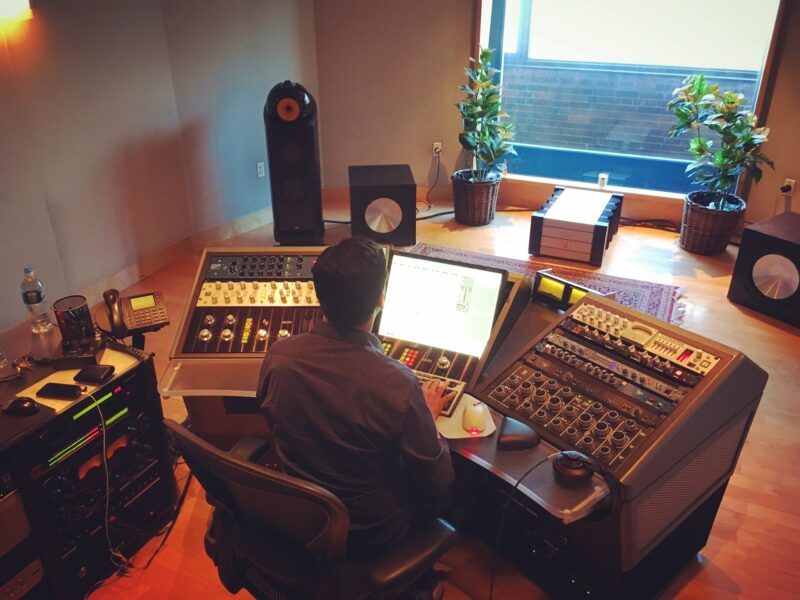

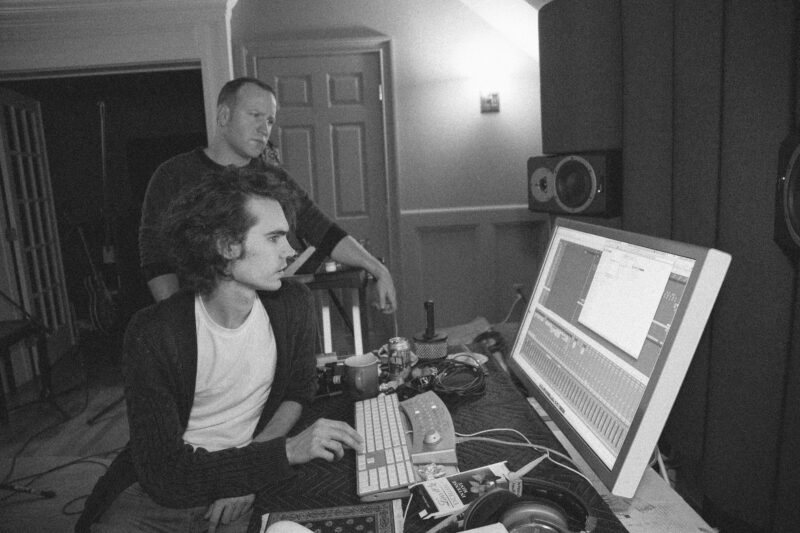


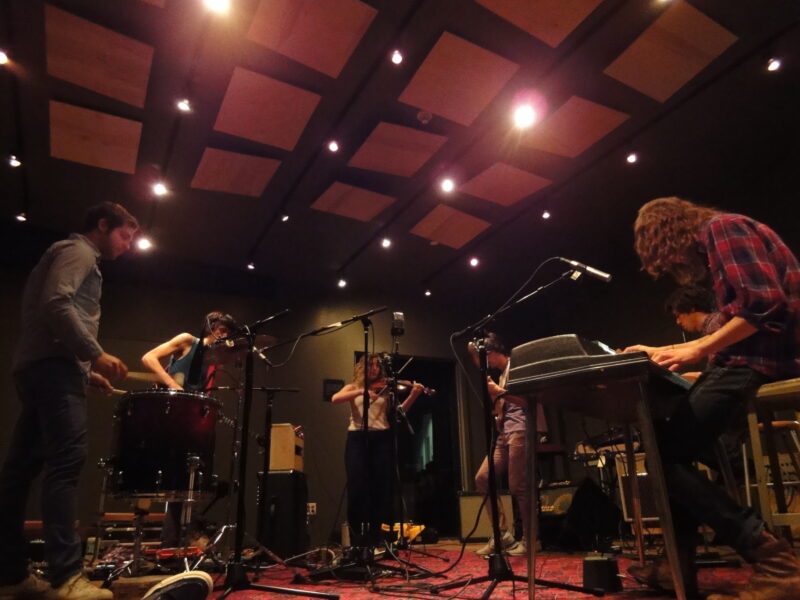
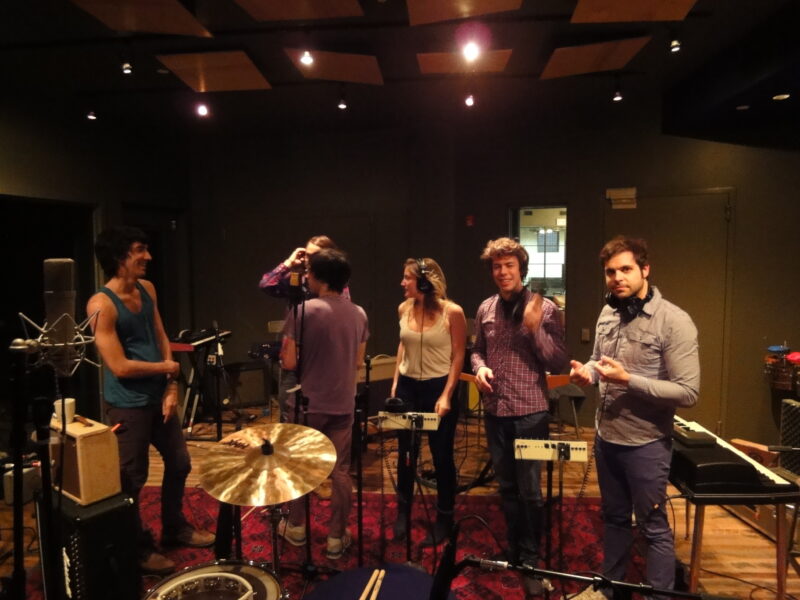

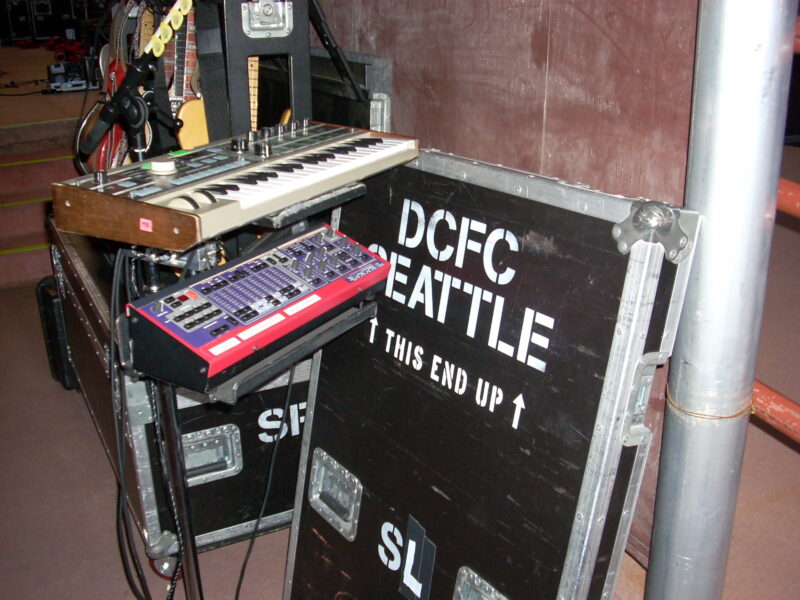
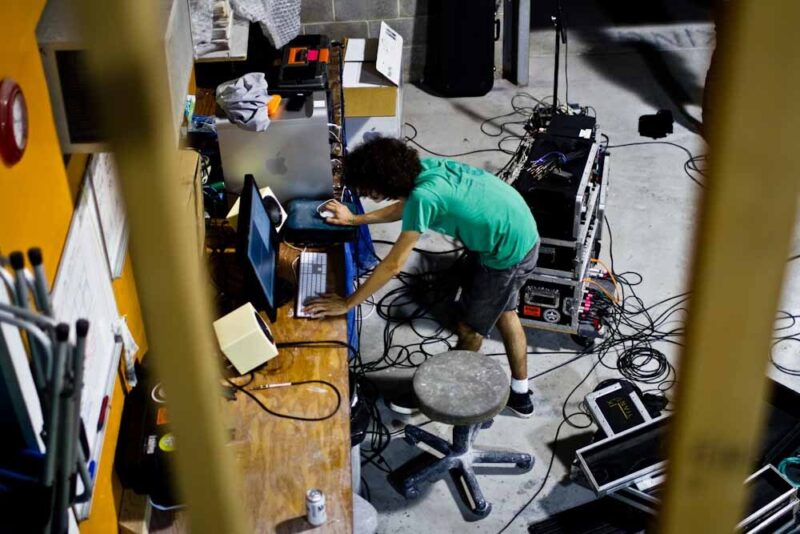
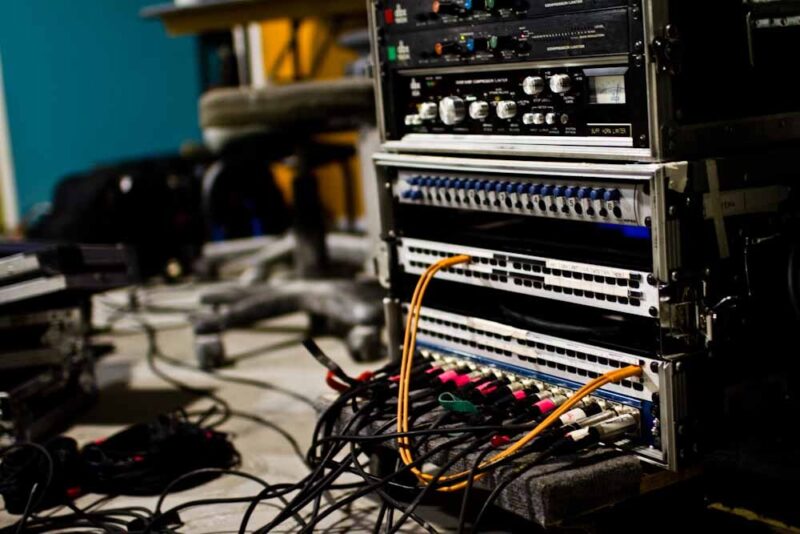


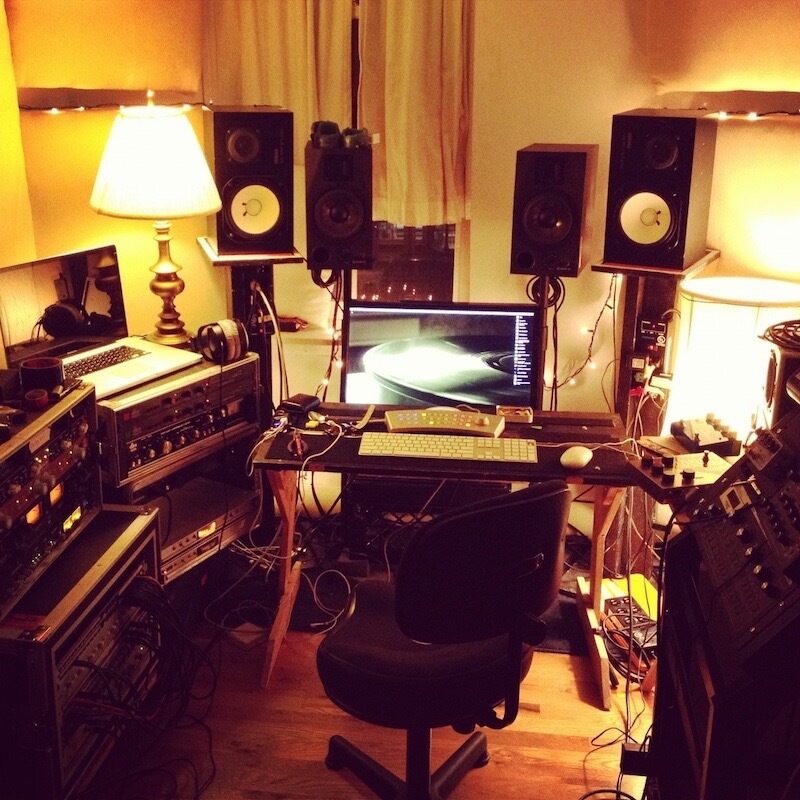
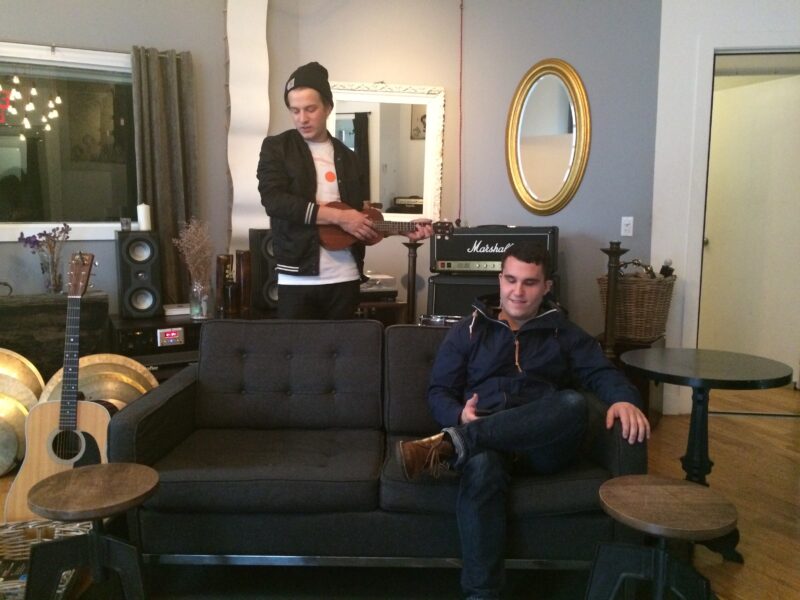
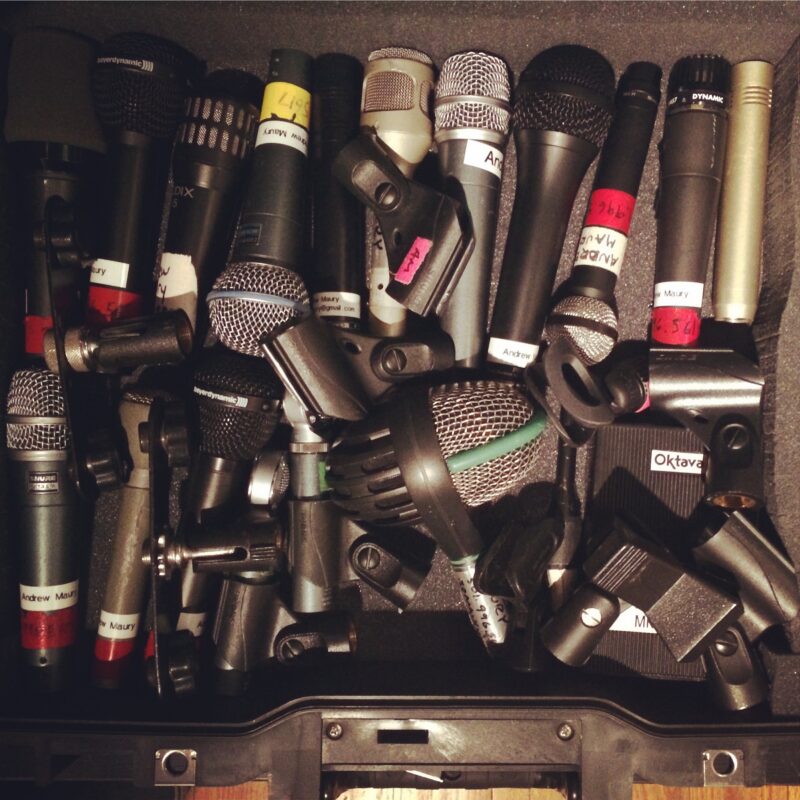
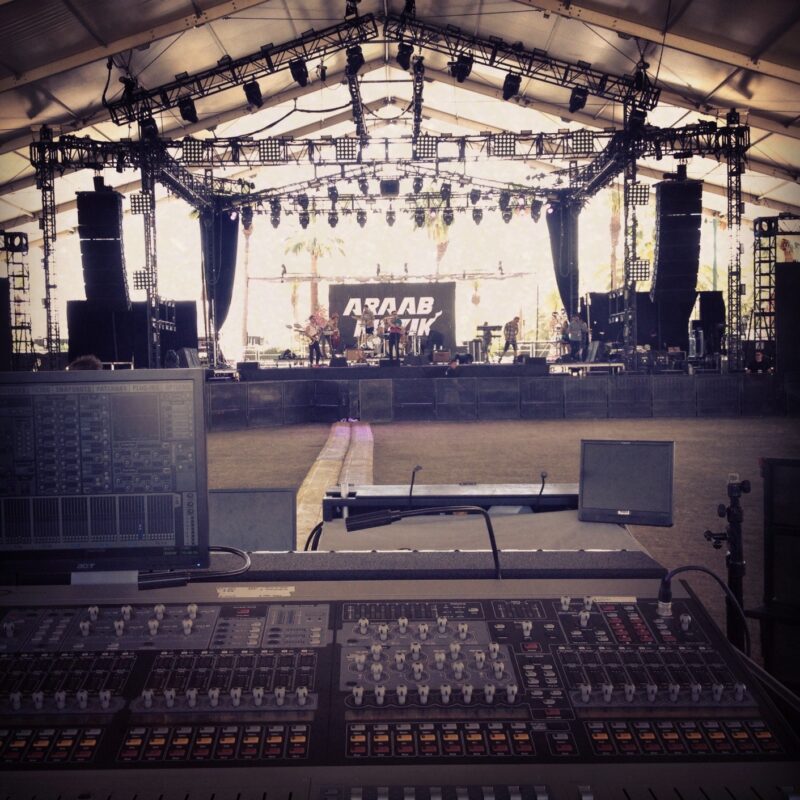
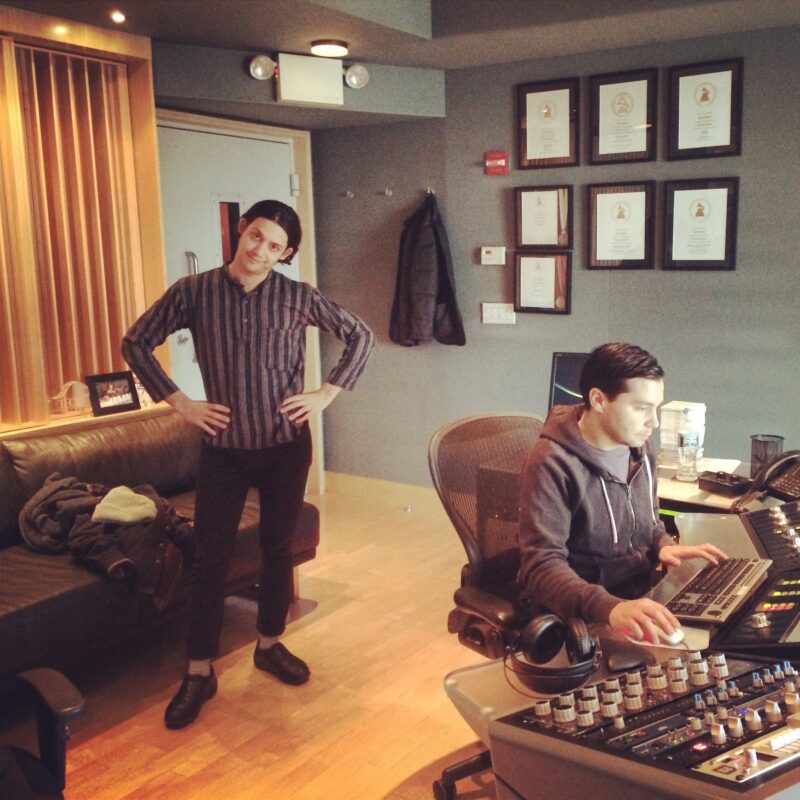
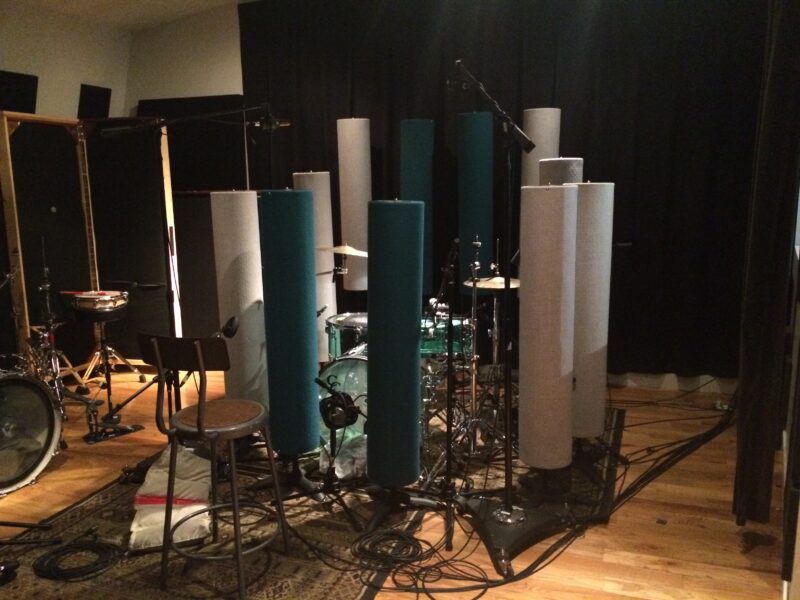
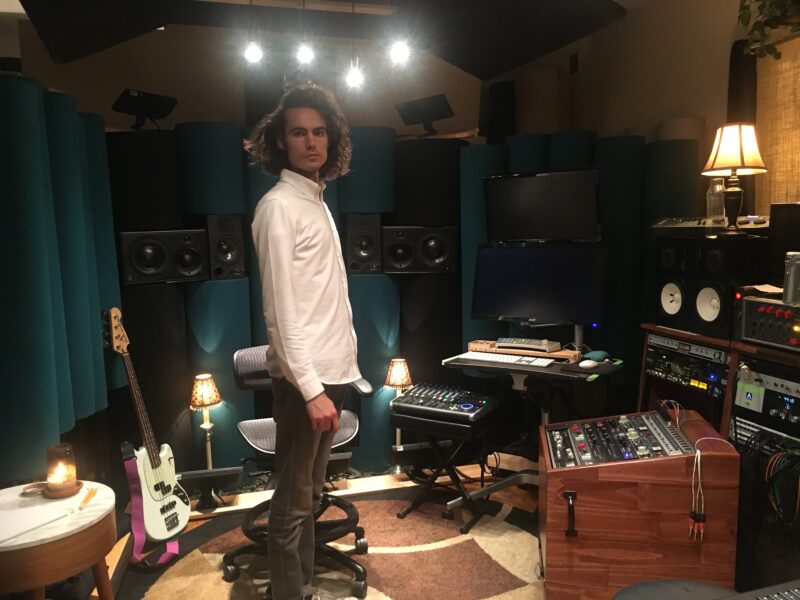

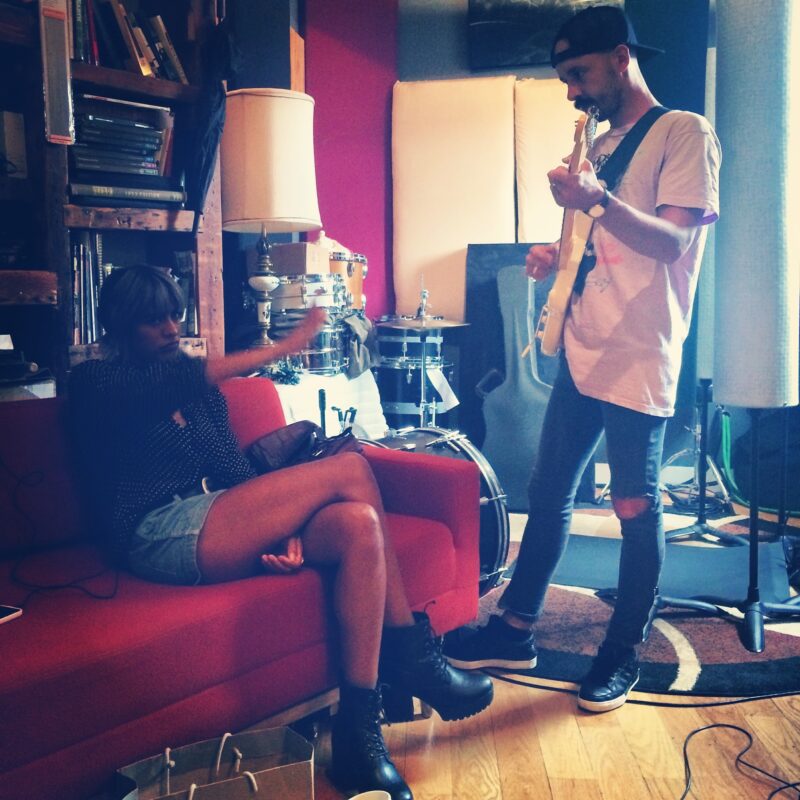
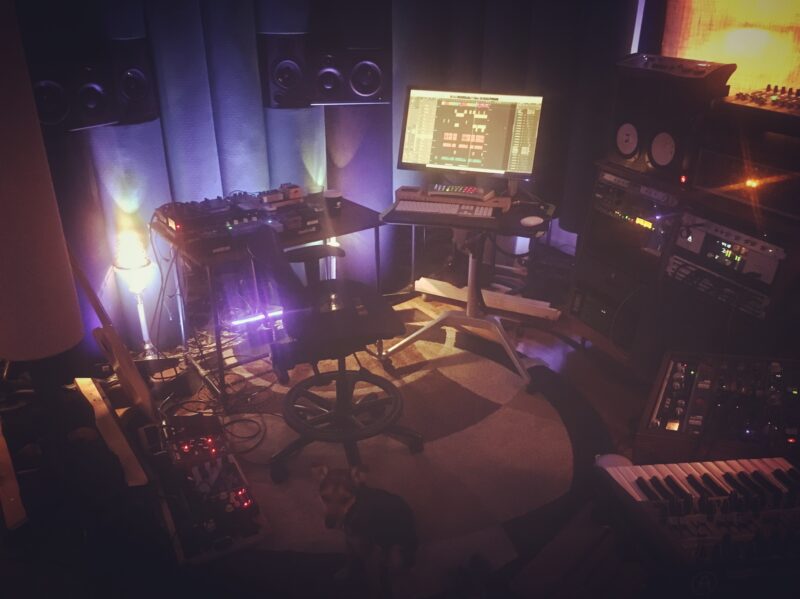
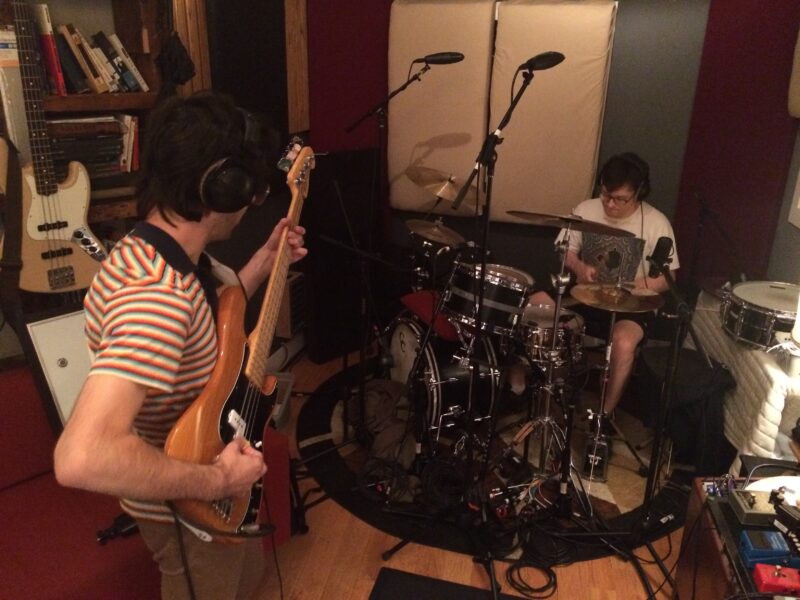

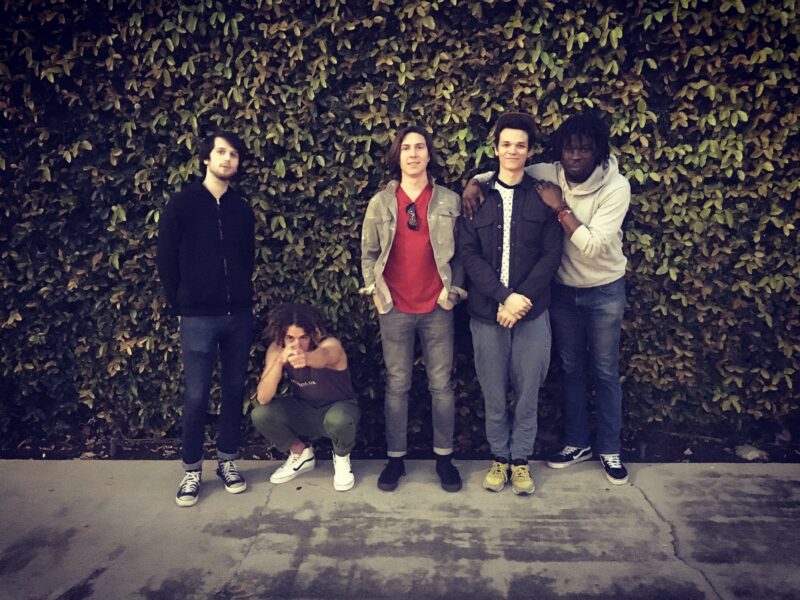


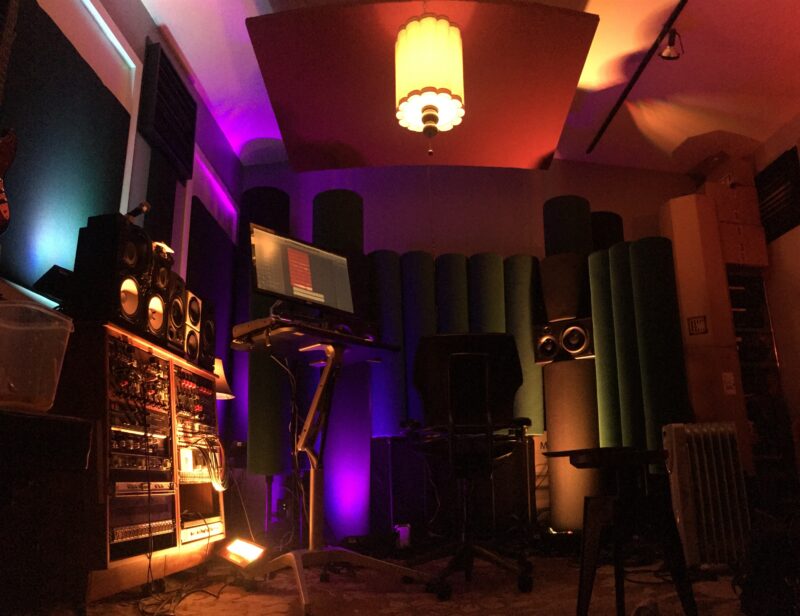
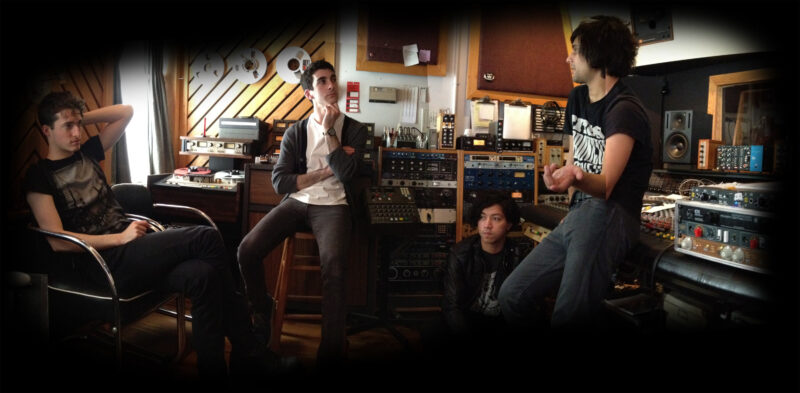
i think outboard gear is awesome in tracking because its fast and tactile and fun and gets people feeling like they're IN THE STUDIO MAKIN A RECORD. but almost everything about audio engineering is about taste and ear training... learning how to listen in detail, notice whats happening, and imagine something you want to create. I learned a lot from the years i was auditioning different pieces of gear and mixing into an analog backend. i also learned a lot studying great records. analog gear can set a stage for a certain kind of image and provide a non-linear tonal/distortion palette. like plugins, different units have varying degrees of vibe/color/intensity. i think i trained my ear to hear those characteristics and then went on the journey to find plugins and mix techniques that felt familiar to the analog environment... to the degree that i wanted my work to sound 'analog.' it took me about 2 years (2016-2018) to feel comfortable with the transition, and i'm always evolving my ideas and perception. they're all just tools. its up to you to make it great. i don't agree with the sentiment that analog gear is objectively better. i could see how different people find one or the other easier to get a result though. i'm a digital native millenial computer guy 'at one' with the mouse and keyboard. infinite automation possibilities, quick chain manipulation and and ease of recall are obvious perks of ITB mixing to someone like me. avoiding calibration, repairs, and equipment chaos in my studio space frees up my mind to focus on what i'm making.
early in my path, i noticed in studying isolated mixed stems from various songs that the bass had printed fx which i never noticed in the context of the full song. i put reverb on bass often - especially bass guitar. in many genres, almost every other instrument and the vocal involve ambience/verb/delay/effect to help them emote. seems its rarely discussed that bass should have effect too - people assume its supposed to be 'clean' or something. verb can add an amazing low frequency halo to help deepen the signal and add width when the dry bass sounds small or difficult to place in the mix. a subtle pitch shift effect (like MicroShift) can also work well if verb is too messy sounding. decay time and tonality are sensitive parameters and relate to the density and tempo of the song. the faster/punchier the song, the shorter the verb. play with a pre delay (and amount of verb) to fine tune the clarity of the dry signal. otherwise - a tastefully placed EQ bump in the mids can do wonders for bass. dont be afriad to boost an insane amount of top end to add pick/finger clarity. whatever sounds cool. also worth mentioning... i find most bass recordings benefit from some Waves RBass. totally depends how much low end is already there, but very often i like to add more.
Yes, Will's mixes are pushed hard! I feed all multitrack layers into a final 4 subgroup stage (drums bass inst vocals) where its pretty common I glue things up with compression and do some extra tone shaping with tools like Wavesfactory Spectre or FF Saturn 2. Its futile to explain what I did, because each song calls for different chemistry. I'm new to this 'apple cart' expression, but I certainly tip it about a hundred times along the way trying to figure out the mix. I run in circles playing with different combinations and wait until I surprise myself with something that feels complete. Knowing when you've found it is the trick. Artist + collaborator feedback can be crucial to the process too. Part of my results are embracing feedback from the other talented people I work with.
i think about equal time generally... depends on the music. i go to my ATCs for full range power... shaping low end punch, crafting the vocal details + fx, working the master bus parameters. i go to my smaller Amphion One 18's for a 'lens shift' - still a hifi stereo image but different. The Amphions are a little less powerful, less full-spectrum. NS-10s even more so, and they're off to my side pushed together as a 'boom box' ... this is a very different perspective on the mix. not only is it a different fidelity, but its coming at me from a different physical angle. it sounds like music tends to sound out in the real world. Its great for judging the nuanced final balances - especially vocal and vocal effect levels. also a gut check on if the mix is compelling or not. i also check mixes in the car and on airpods/phone speaker by streaming Audiomovers to myself.
haha.. i've learned to avoid this situation as much as possible. vet your collaborators and pass on projects you know deep down aren't right for you, if you can!
One approach is a tool like the Izotope Ozone imager which does a psychoacoustic delay/phase kind of magic widening that can sound quite natural if you don't push it too far. otherwise... reverbs delays and choruses can work. anything that generates stereo information! try a low mix % short dark room reverb. or bright ambience. or a quick slap delay?! experiment and compare with/without. anything could work to taste. maybe its an opportunity to break the rules and find something new. you may need to automate the amount to suit the song.
yes! i always work the last half of the mix process with the limiter on. i'm looking to get it loud and still feel dynamic in its sweet spot - i want to take it as far as i can to the finish line because i often know exactly what i want to hear as the final result. i send a no-limiter version and the loud limited version to mastering. if mastering can enhance it and maintain or add volume without compromise thats great. the best pros often do! shout to Joe Laporta on this one
thanks! sounds like an automate room verb send + maybe a touch of soundtoys microshift. i recorded those drums with 4 mics in a dead room. i didnt do stereo overheads, so it was all generated in the mix.
2024 - I have UA Apollos for my general IO but feed my main stereo playback via AES into a Crane Song Avocet IIA monitor controller. the avocet has an excellent DA converter - thats what I'm listen through. I dont do any outboard inserts or summing, so conversion quality isn't a huge consideration. It seems that all respectable converter brands have been issue-free for over a decade. just subtle differences in taste. converters don't make great records - people do.
to my ear the effect slider adds density. the curve slider adds harmonic distortion and some low frequency growl. its that simple -- part of why I like the plugin. the amount varies from song to song. go by feel!
A legit atmos room that's correctly loaded/positioned/tuned sounds really cool. a fun trick. an immersive music sanctuary built by wealthy professionals. but IMHO there's no consumer tech that does the format justice. when they figure out how to make headphones trick the brain into hearing 3D space where... "holy shit, its actually behind me, its above me, I can feel it, how is this possible??" ... game on. AirPods aren't cutting it. While i'm not personally interested in atmos, I do want protect my mixes from someone inexperienced in the 'atmos mixer' landscape who might take it sideways. My good friend Tano Brock has an atmos system in his studio and i trust him to take my finished mixed stems and paint a consistent atmos mix that honors the spirit of the stereo mix. we work together to get that deliverable to anyone who needs it.
Tom Pratt and Ollie Shaw @ https://thisiscatalogue.co/ Custom player!! They nailed it.
Everyone is different... some people have the internal drive to gather information and teach themselves. Others do better when taught by others. I'm a mix of both, but lean heavily towards self-taught. There is a part of me that wishes I had more IRL experiences watching/learning from the legends. I did a Mix With The Masters seminar with Michael Brauer in 2010 and it was immensely inspiring. I spent 2 weeks at the original Sound City Studios in LA as an assistant on a Tegan & Sara record and it was also immensely inspiring. I also toured for 5 years mixing front of house - hundreds of shows experimenting, problem solving, and pushing myself in a high stakes environment. Sitting at home watching YouTube... not as inspiring :) Make use of all the resources and opportunities around you. Seek a variety of experiences and challenges.
EQ the piano with dynamic EQ or something like Soothe to control low mid muddy resonances... or offset it by boosting top end. Be judicious and don't kill the tone. I often use reverb to fill out the space. I've found I can get a lot of extra tone from reverb when its set right... let it 'hug' the source signal and experiment with pre delay, time, and low pass filters. find a place where the verb feels like part of the piano, but doesn't steal the show of the intimacy at the source.
that mix is an absolute jungle of layers and layers and layers of compression and multiband compression. i couldn't even begin to describe what's happening off the top of my head! I worked from the production PT session and kept adding to it and tweaking it until it was done. That said - i think there was a lot of Waves Rennassaince AXX going on with the guitars...
None! ITB. I started mixing ITB in the late 2000's, acquired a bunch of outboard and did the summing thing thru the 2010's, then I ditched it and went back to ITB around 2018.
I had the Vancouver B32 summing mixer a few years ago. It sounded great and the build quality was unbelievable. At a certain point, I decided to fully embrace mixing in the box. I sold almost all of my analog mixing gear, including the Burl.
Its changing year to year, mix to mix. Some of the tools that I know best and get consistent results from are: UAD Studer A800, Pultec EQP1A, Massenburg EQ, API 2500, Manley Vari-Mu, Puigchild, Oxford Inflator, and Ozone.
been using it since version 3 in 2006. i barely knew anything about audio software back then and when i got my hands on it i was shocked how 'pro' i could get something to sound. the multi-module interface of powerful tools is amazing. i use version 9 now and love the exciter in tape mode, the imager for boosting mids and highs, the dynamic EQ for inflating midrange, and the limiter is the only one i've ever relied on.
As of 2022, I'm running a MacBook Pro M1 Max. 'Thing is unbelievable. After a decade of relying on tower/desktop machines, I'm fully relying on this laptop with better results than ever before. For a beginner looking to use OSX, I'd say get a macbook. Add a big screen if you want. iMacs and Mac mini's are powerful too, but portability is useful. There's so much to learn about mixing and recording - your computer wont be a bottleneck.
haha, hm... tough one. it always does sound cheesy huh? i think it may have something to do with how unbelievably easy it is to use. it strips away all of the thought that goes into constructing a drum sound and performing or programming it. drum tone/decay and the patterns played can completely change a song's feel. with Logic Drummer, theres no human connection except for where you drop that little dot and which player + kit you chose. the drummer feature cant listen to your song and react to it like a human with good musical instinct. that goes a long way.
if we're talking about tuning in a modern pop/rap autotune-effect territory, do it however you want. watch out for melodyne destroying F's, T's, and S's. //// great vocals are mostly about believability. so, so much of this lies in the performance. the most fruitful step is to get the right performance and the right comp. sometimes pitchiness commands a lot of attention which can be good. David Byrne in Talking Heads comes to mind. But you have to know how to hear whether the pitchiness is musical and artistic or just sour and distracting. when i start working on a vocal (as a producer - not a mixer), i ask myself whether the mistakes make the performance cooler or pull me out of the song. first step would be deciding if autotune is right for their voice. i usually try it to see. if it glides with the music, i'll keep it and fine tune the retune speed. But if autotune is fighting what's naturally there, i ditch it and go to melodyne where i can be extremely precise. i comb through the whole song probably twice touching up spots that seem like they really need it. and i'll inevitably come across a few more moments to fix as i work the production to the finish line. i'll tune the shit out of octave stacks. can't stand when octaves are rubbing.
Haaaaaa... here's my take. Others might describe it differently. A compressor is a tool that allows you to change the energy of a sound. It can be used gently to help massage the balance in the mix, or aggressively to create energy where it is lacking. It tightens a signal's dynamic range and can help prevent things from sounding overly dynamic. When you push a compressor hard (lets say, over 15db of gain reduction), it has an effect of adding lots of drama and excitement. It helps to keep the signal focused in its moment-to-moment volume. Our ears and brain naturally compress sound out in the real world. We're used to hearing some form of compression because our eardrums physically tighten when we hear loud sounds. Our brain also allows us to focus in on quieter sounds that we are attempting to hear in more detail. Compressors help bring this familiarity to electronically recorded sounds.
hi cian. shampoo is enemy - once a week or an "alternate" product. condition if i feel like stealing some of my wife's - a special treat. NYC tap baby. the bathtub is too small to use. had to google it, looks absolutely terrible. Decapitator is great - I think a "Decapitator II" would sling mad licenses.
Just a little bit of serial CLA76 and UAD LA2A compression. Like, a LITTLE. Jeremy pre-mixed his tracks very tastefully before handing off to me. I'm not sure what he did but he has eagle ears and amazing taste. This is true of all his songs. Mixing his stuff is really only about setting a stage for the song to feel a little bigger and more 3D. All of the noticeable tonality/style/effect/compression is him.
I love that record. I remember when I got the rough mixes about a month before I started mixing, I listened to the songs on repeat because I really loved them. I even developed a fear that I wasn't going to do it justice. Phew. Dylan their bassist is a great arranger and producer. The puzzle of tones and rhythms across all the parts make a lot of sense and thats why it sounds so clear. Its also a wide bandwidth production -- low lows and high highs are all musically considered.
This album was mixed when I was doing a hybrid ITB/OTB approach. I don't think its good BECAUSE of that though. Its just a context. There's a lot of hardware KuSh Audio Clariphonic mid+high boost on the mix bus. I might have overdone it because I remember having a revelation right before mastering that all the mixes sounded better when I added a pretty aggressive and broad digital EQ boost in the mids/low mids around 800hz. And then I remember getting the masters back from Dave McNair and thinking they were super bright again. But he nailed it. I dunno... good song, good arrangement, lots of conviction, like minds, get the right balance, EQ it until it works!!
In 2018, the streaming service auto leveling conversation got intense. Mostly about Spotify, whom impose the setting *on* by default. I was thinking about this a lot at the time and was getting psyched out by numbers and technicalities etc etc. There are sites like loudnesspenalty.com that somehow give you information about what the services will do to the file.
Bottom line for me right now is that there seems to be a degree of loudness per song that really does the mix justice. Some songs feel best with clean headroom and a really open 3D soundscape. Some songs feel best creamed and distorted and flat right up against the glass of 0dbfs. There is a specific texture that you get when a mix is “grinding” against the ceiling. Do not underestimate this. If you haven’t yet developed an ear for this, I recommend you work on it. Different limiters and saturators and compressors have different sounds. Building a master chain that complements the mix can be a complex art. Some mixers are skilled at getting a mix to sound complete without a ton of processing at the finish line. Others lean on it heavily. I use both techniques.
I weigh the moment in history we’re in... where cd loudness wars resulted in a taste for sound that is heavily limited and compact in dynamic range. Remember: the sound of popular music out in the world has created an expectation for the average listener. This is a completely subjective thing that evolves slowly with time and artist trends. A lot of popular music is CRUSHED! The general public has no idea what RMS or LUFS or any of that is. They don't even know what a compressor is. Many don't even know the concept of how multitrack recording works. They just hear a song and the sound of that song. The mix should feel great. Smashing a mix into the ceiling is sometimes how I get it to feel great. Sometimes it’s the opposite. Sometimes I want the kick and bass to ring free with zero distortion or transient compromise. Those songs may need to be a little quieter. Listen to the relationship between density and transient detail and find the balance that animates the song best!
the numbers dont matter when you're under 0. no difference in sound quality if you deliver your mix at -20 or -2. a 24 bit audio file has an immense amount of perfectly clean headroom (140db from 0 to the noise floor)
Guitars can sound like anything, so there are no rules here. SSL channel is always useful. Also a fan of Sly-Fi Axis for adding saturation+EQ. Soothe when the recording is problematic / too resonant. Sometimes Decapitator to add more grit/texture.
It varies a lot, but I have been a fan of what the API 2500 does generally. Sometimes I do a parallel "smash" of the drums rather than process the drum buss. Sometimes the UAD Studer A800 in 30 ips mode enhances the subs in a really great way. Pultec high shelf boosts. I notice a pattern that any time the drum bus gets loaded up with a ton of stuff (more than 3 plugins), I end up scrapping it for a more simple chain... it always seems to sound better with less processing. Balance is king!
I'd have to pull it up, but a lot of Shawn LP3 vocals have the waves C4 with the top boosted. Its quite a distinct sound. The "pop vocal" preset is a good starting place. Credit to the producer, Teddy Geiger, on that tip! The PT sessions came with C4 in the vocal chains. I had never really found a use for it prior, but I kept them as I reworked these mixes.
looking at the session, there are 3 verb sends that different tracks / sections use in different amounts.
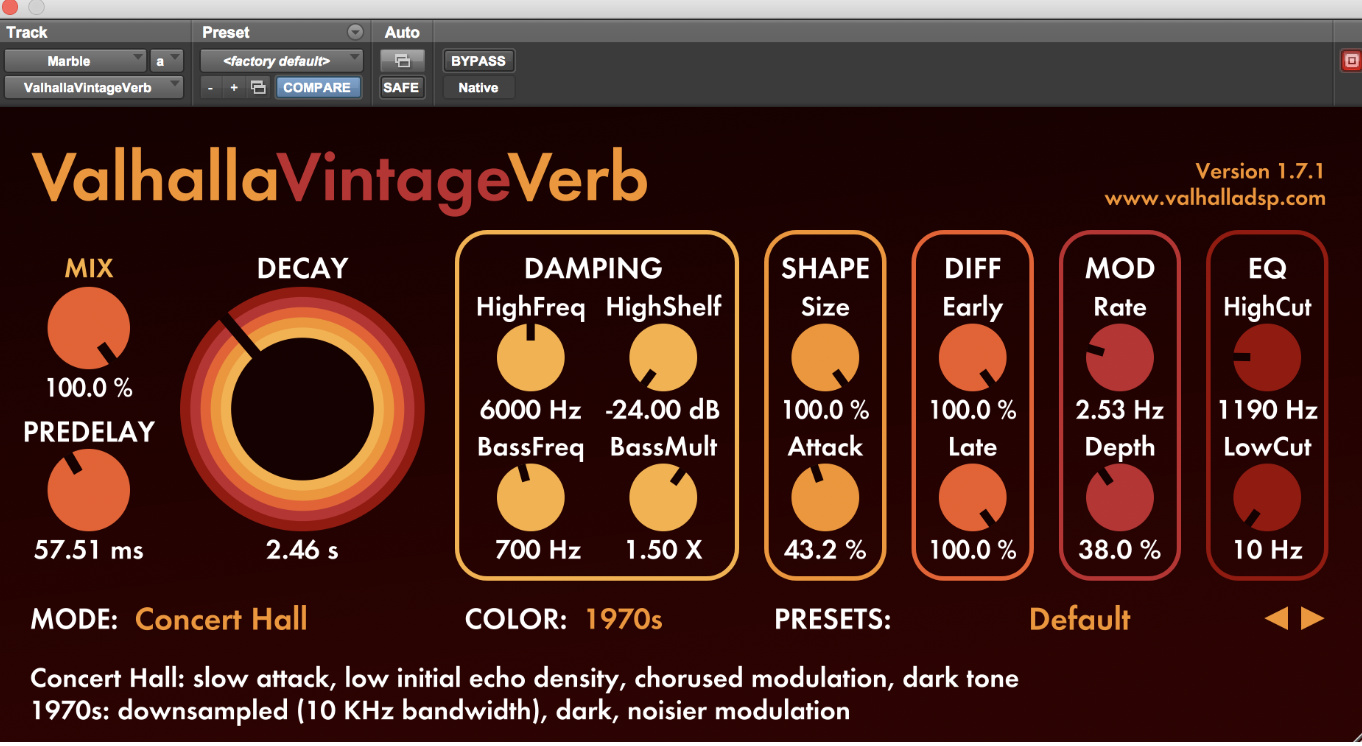
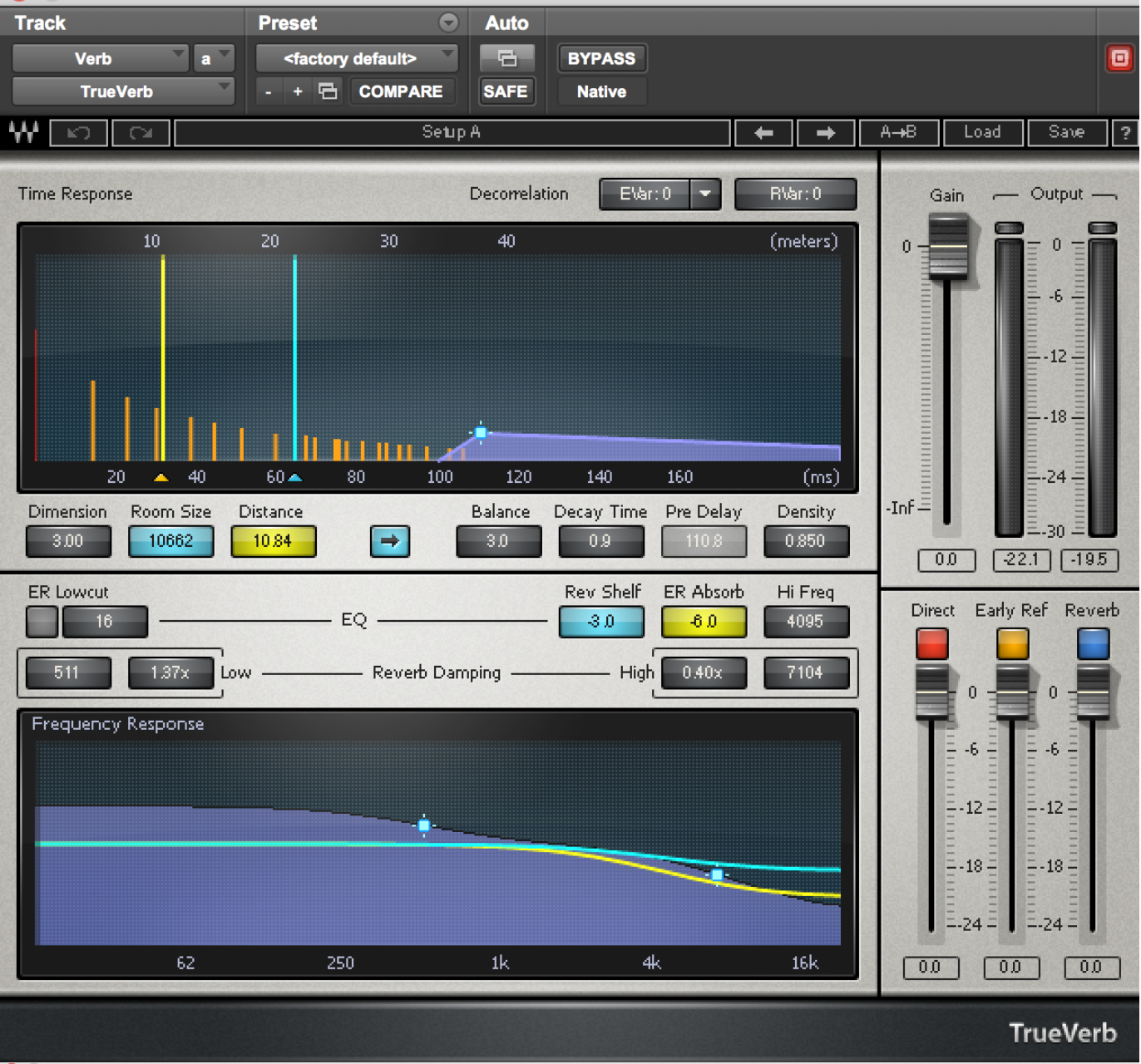
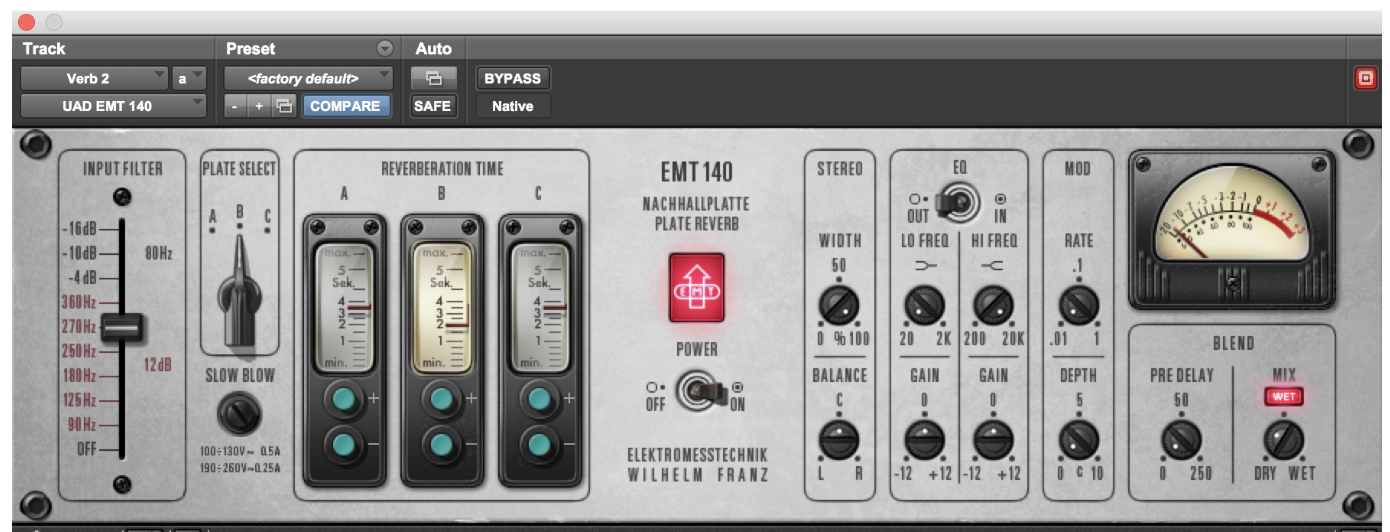
Best case scenario tends to be that the artist signs off on the mix after 2 revisions. Worst case scenario... i've gone up to #18. But the mix was better for it! With high revision counts, its often the case that I end up helping with the production, editing, arrangement, and integrating additional layers along the way. I think on average, I spend about 8 collective hours working on a song and its mix 3-7 that goes to mastering. I find it most comfortable when there is time to sit with the mix over the course of 2 weeks. With perfect ITB recalls, it allows me to chip away at a mix with a lot of fresh perspective.
Tim Pagnotta produced + mixed 4 songs on the record and Chad Wahlbrink mixed 1. I mixed the rest. We did not communicate with each other, but the album feels cohesive to me!
I have been mixing ITB exclusively since the end of 2016. I'll let you determine which of those releases count as "famous" :)
I mixed in logic from 2006 till 2016. 2016-2020 i used both PT and Logic. since 2020 ive been PT only
yes - theyre ASC Tube Traps. i have them configured in what is called an "attack wall." look it up!
i am
likely decapitor, yes!
born in '85